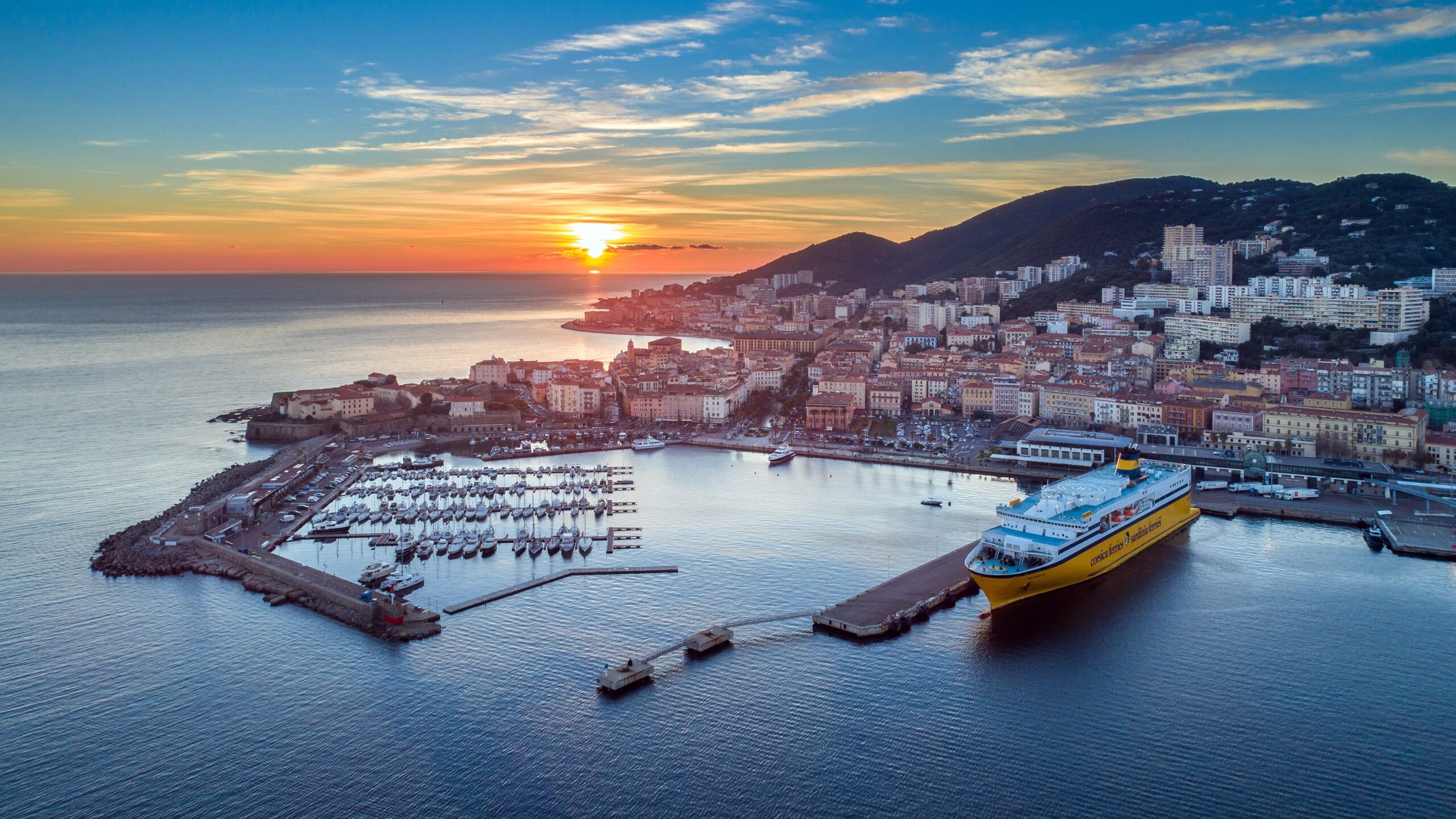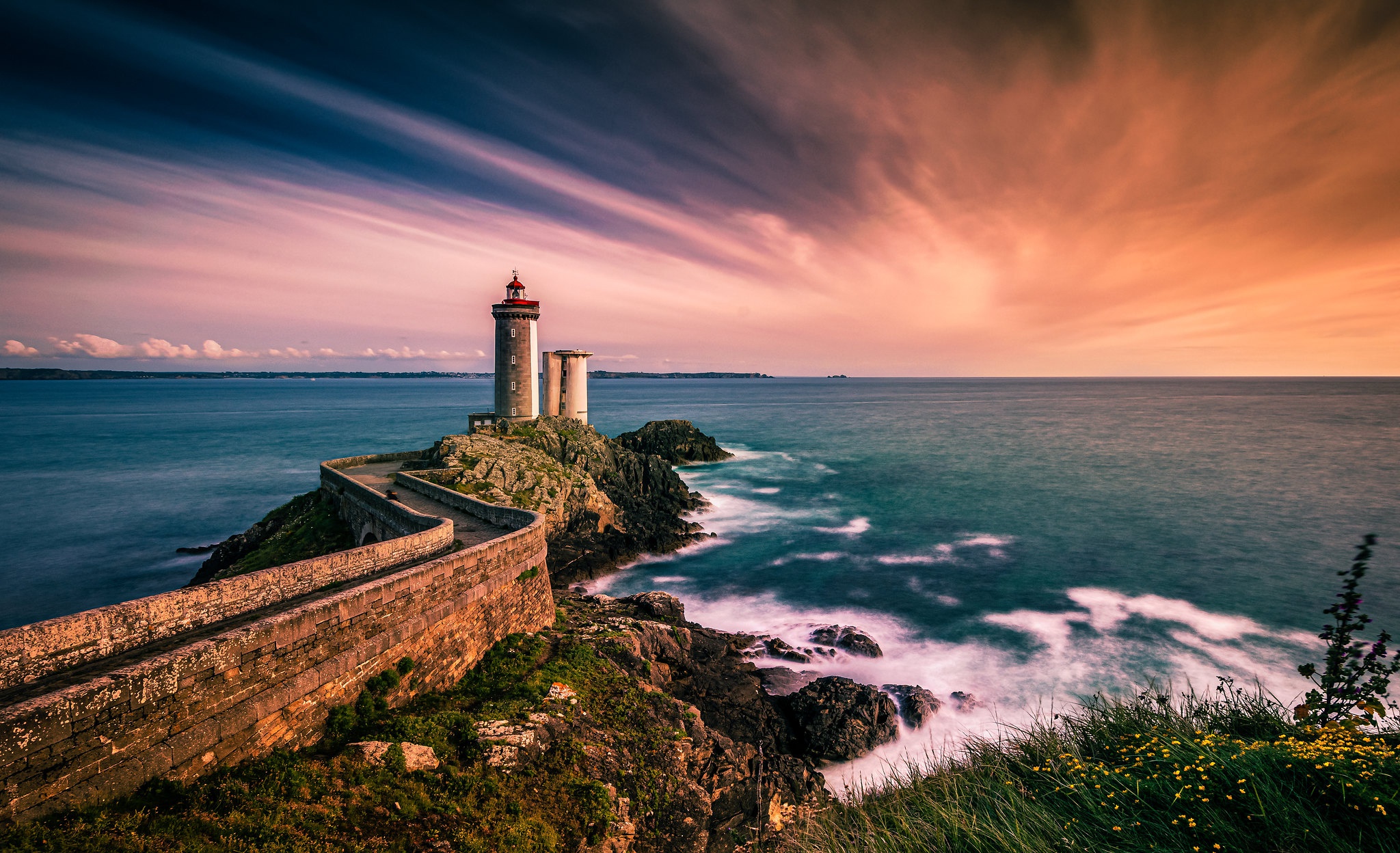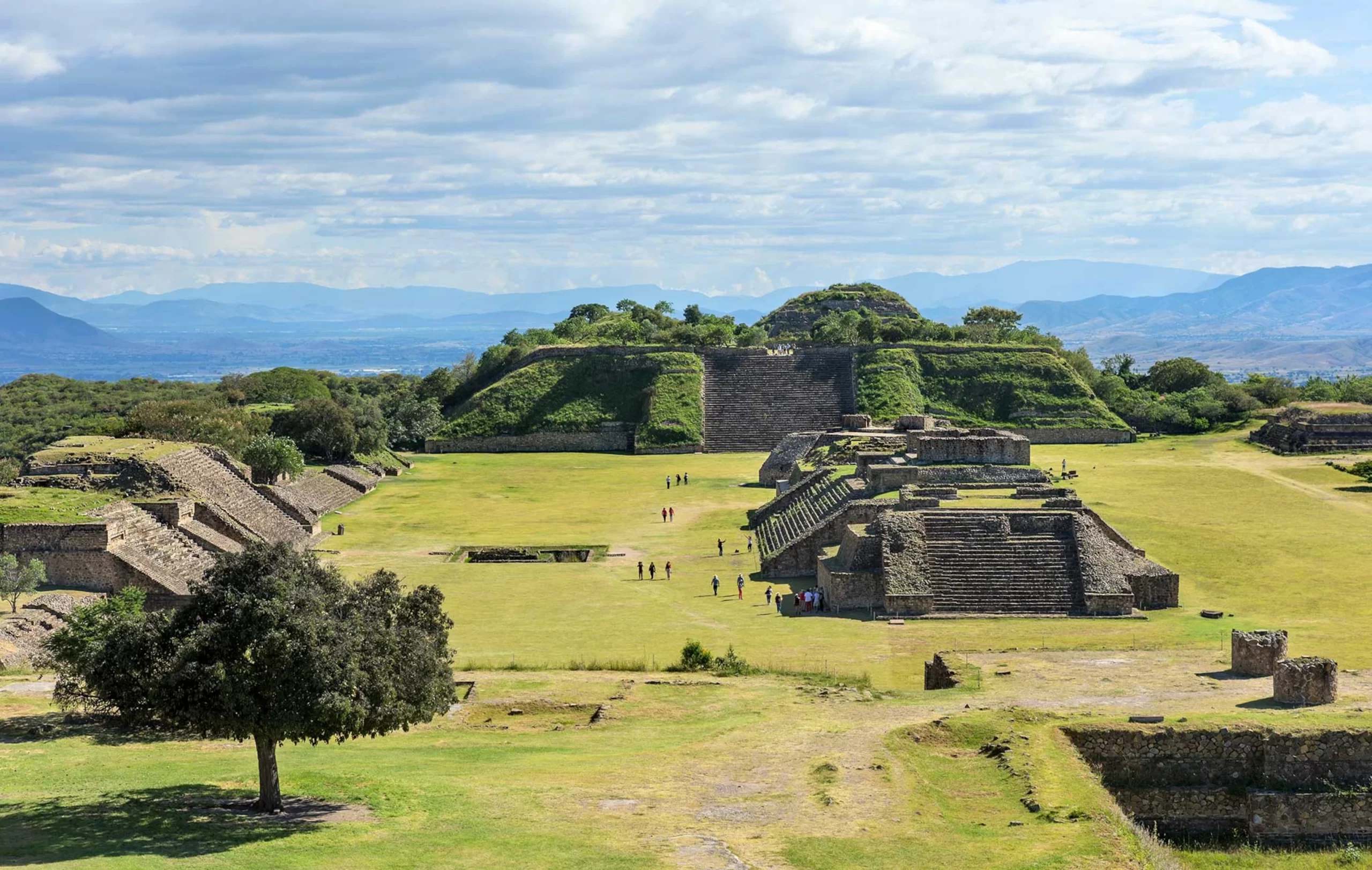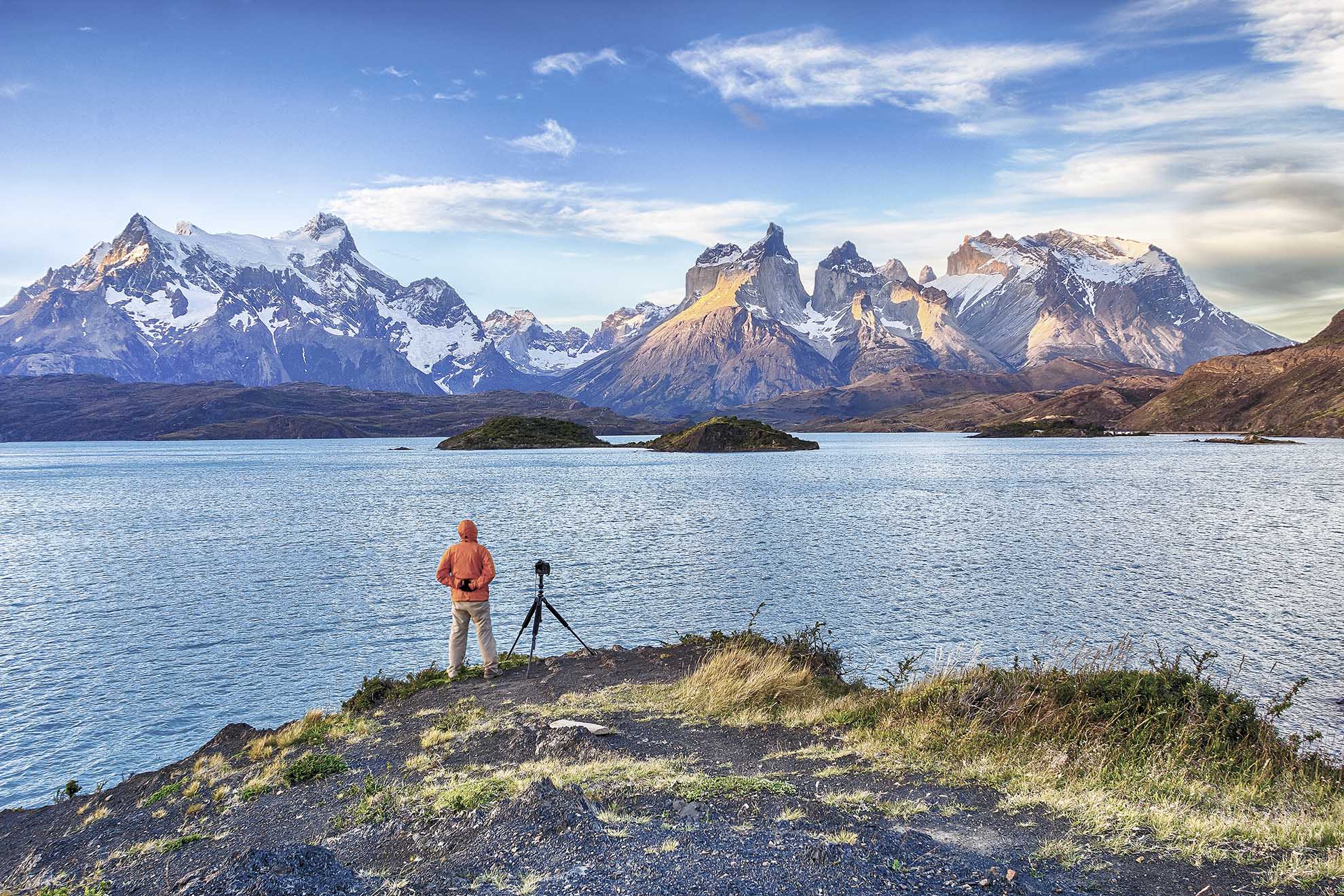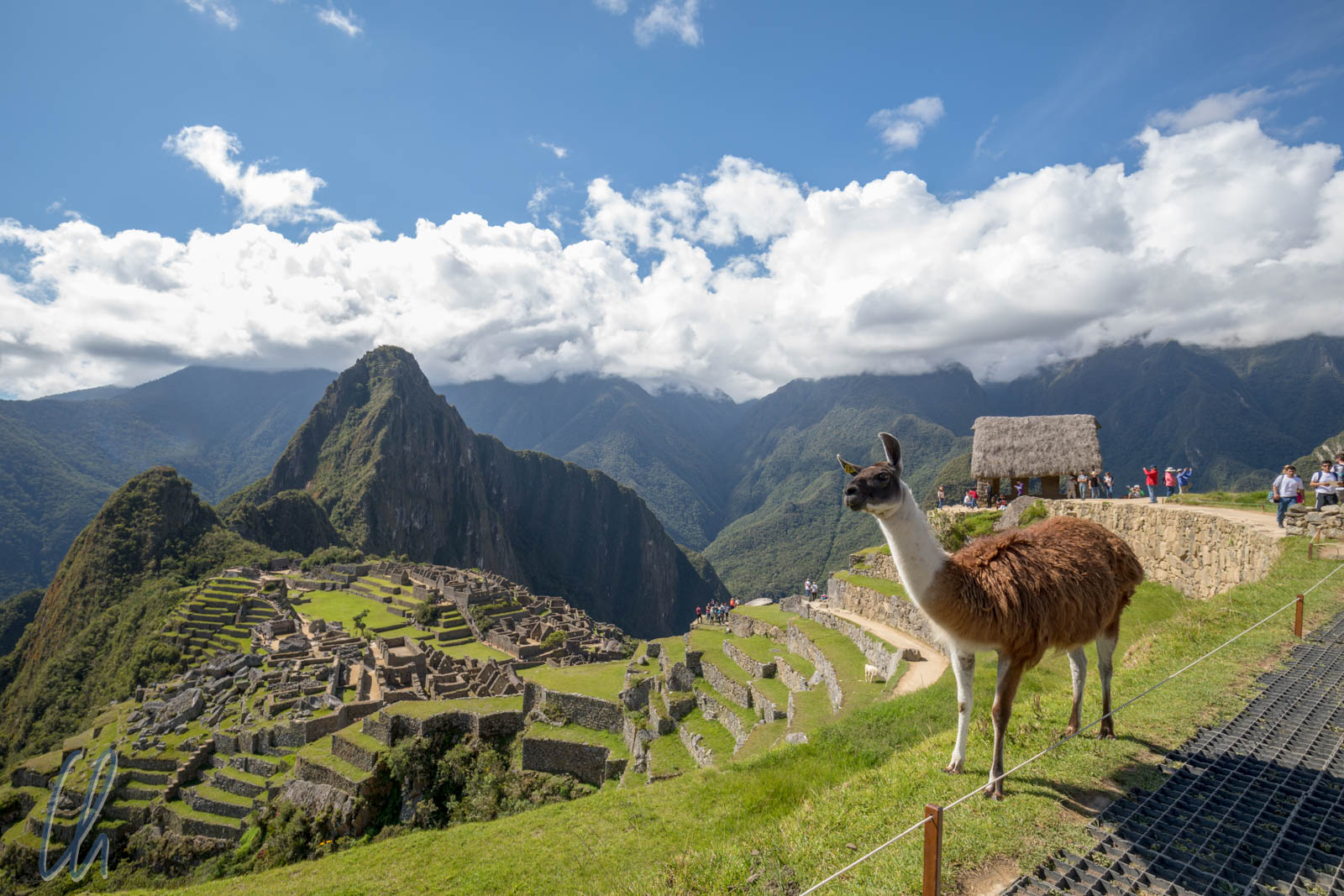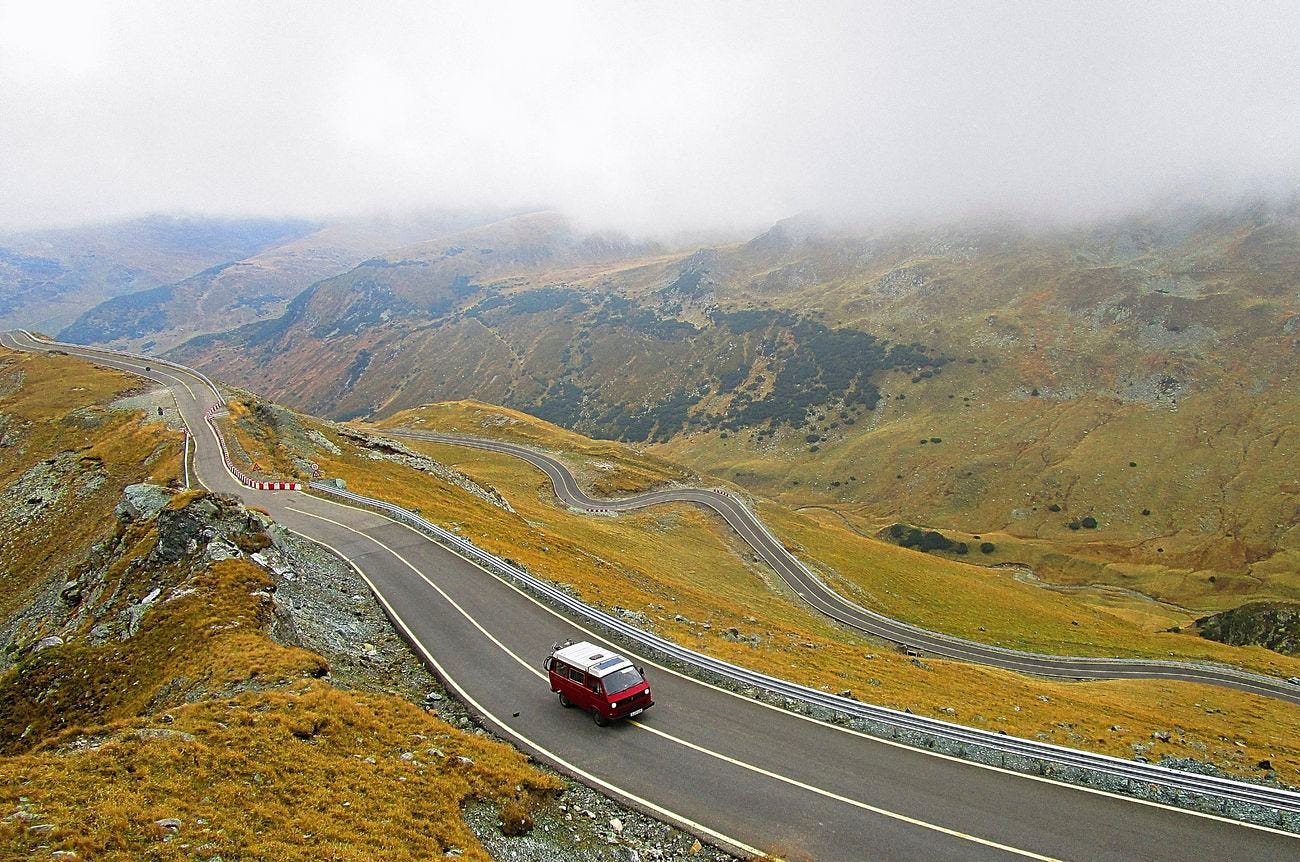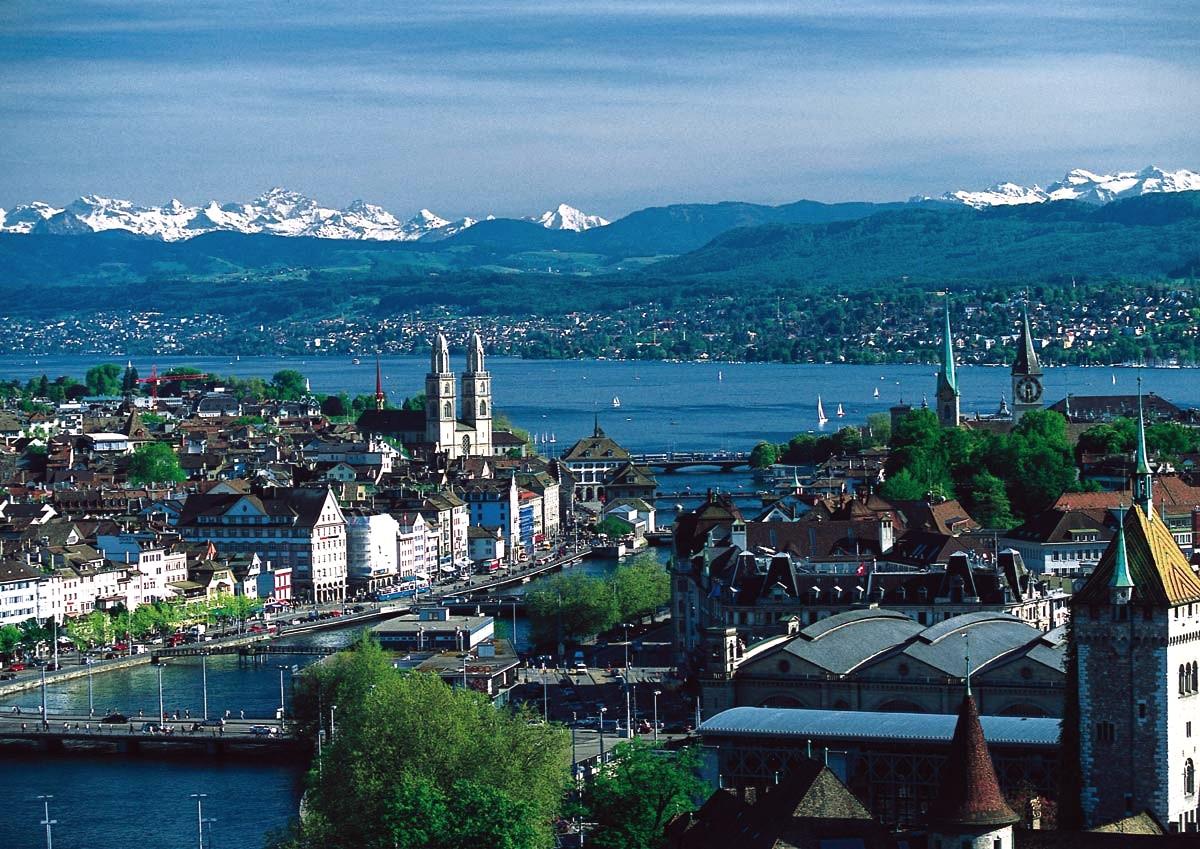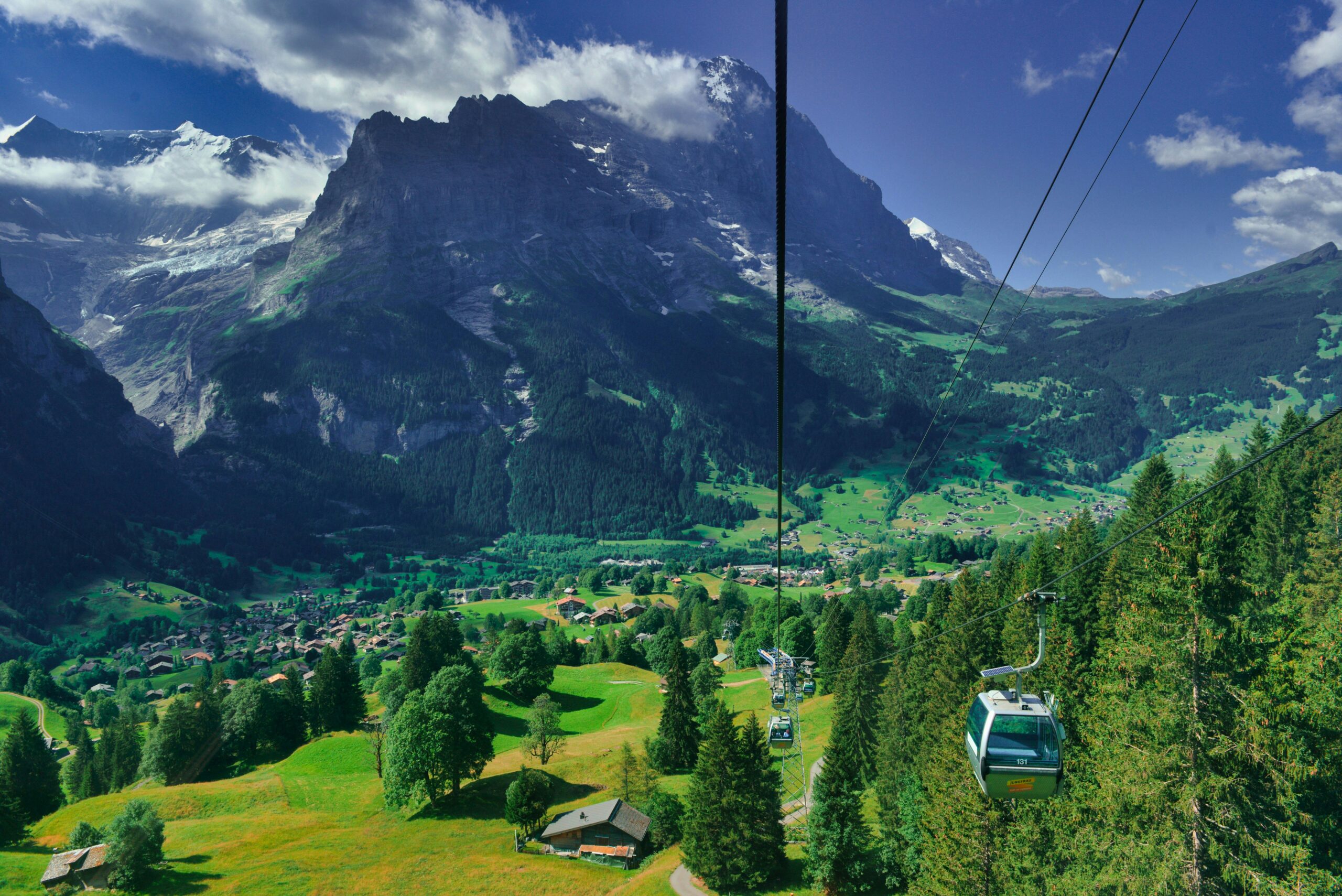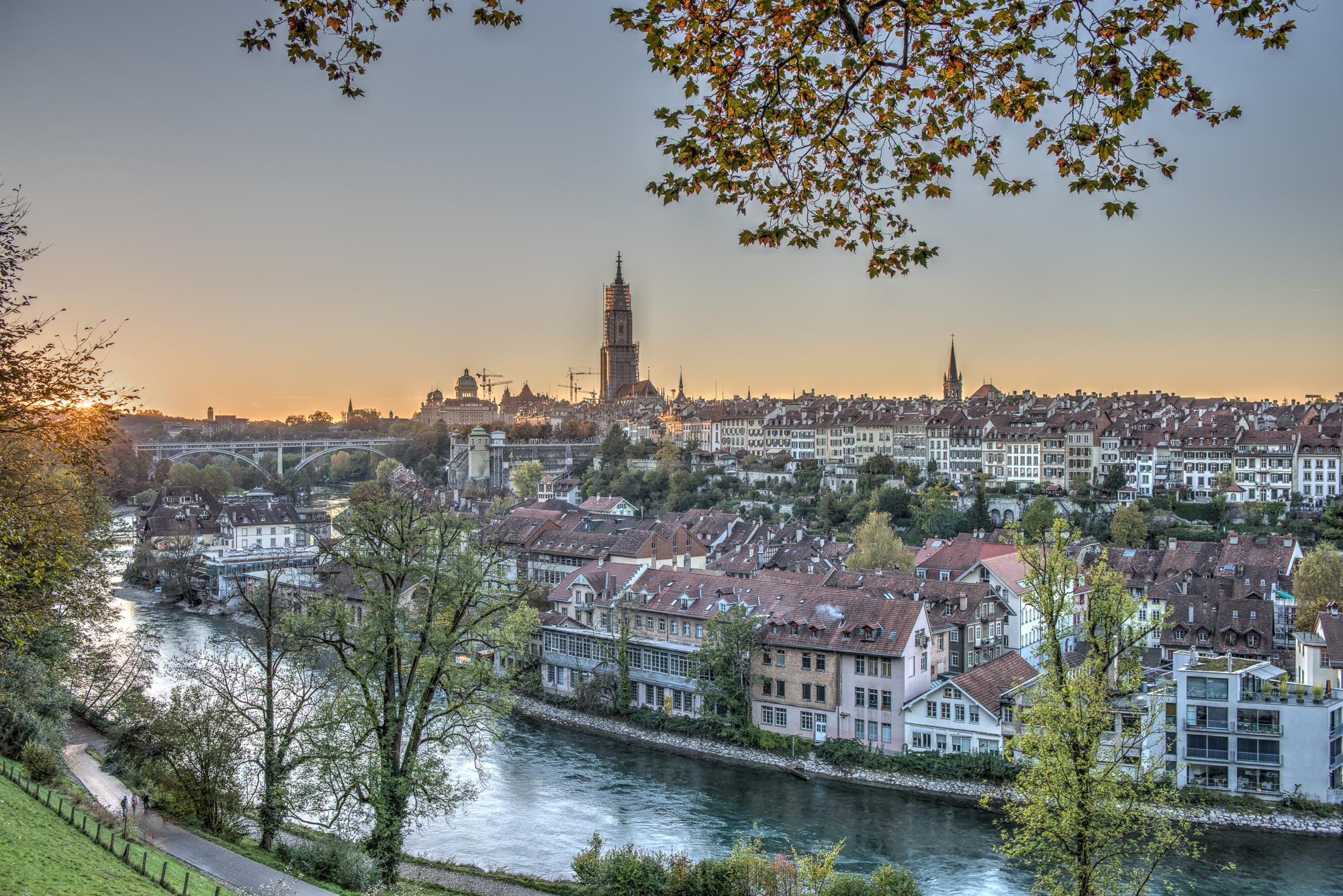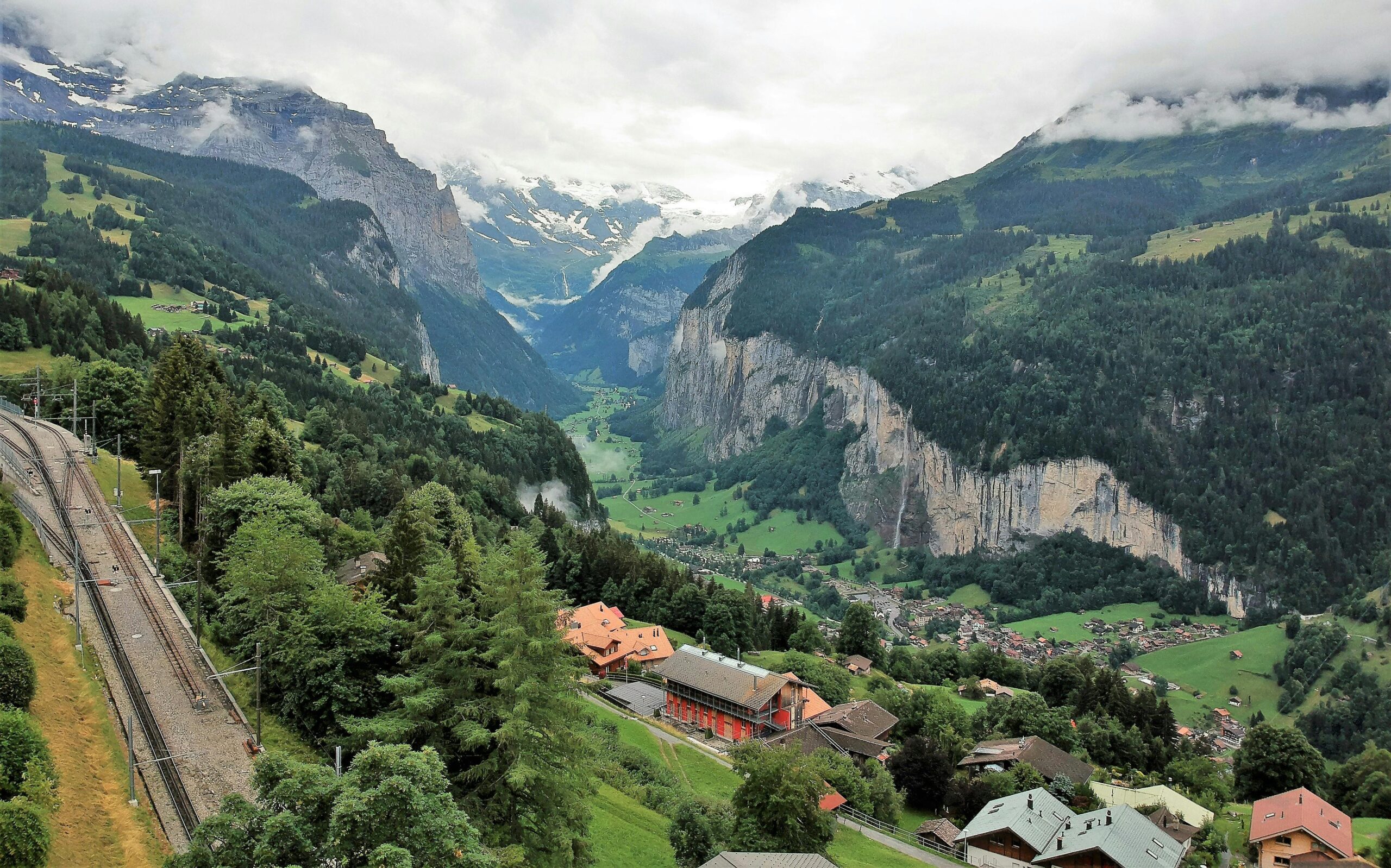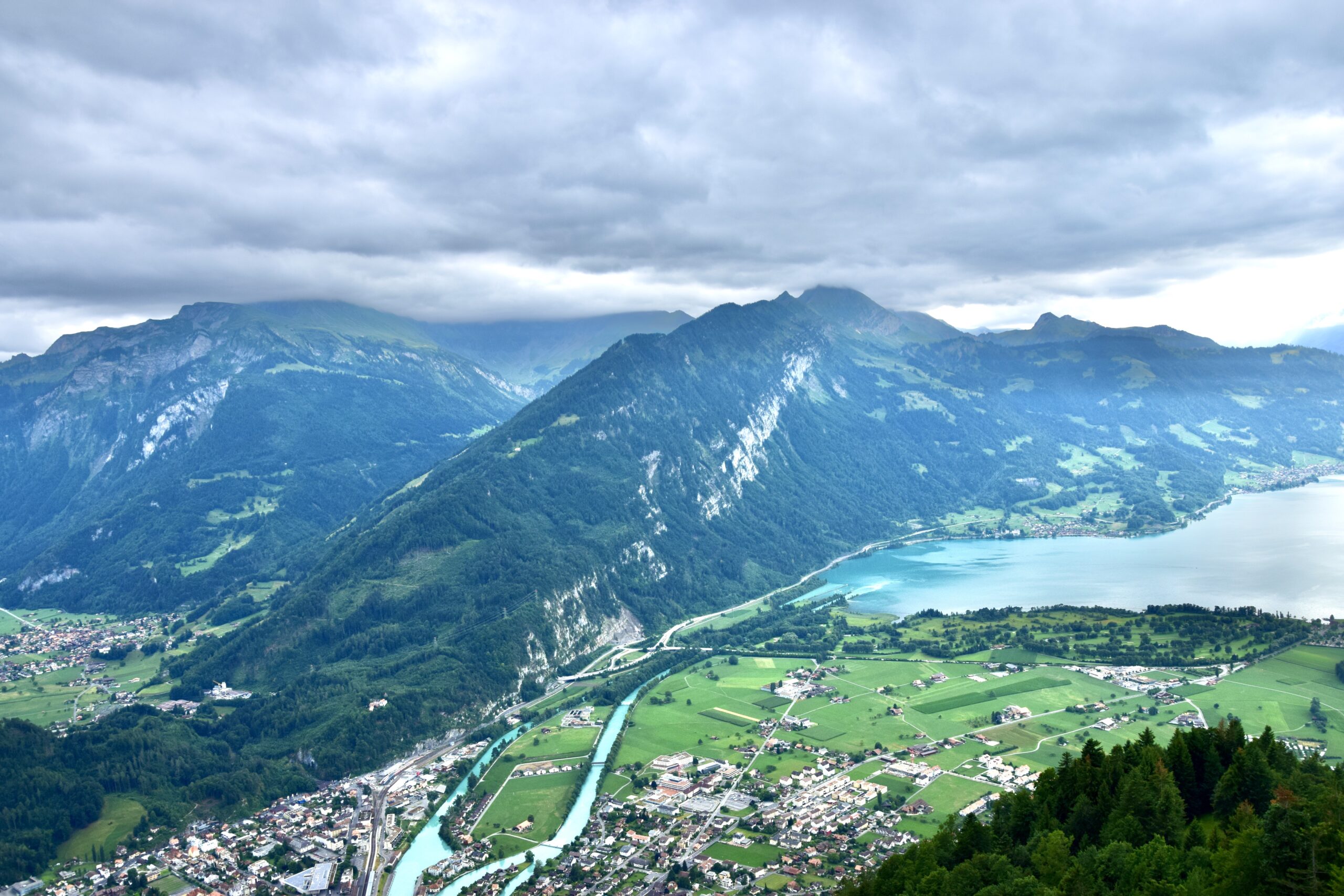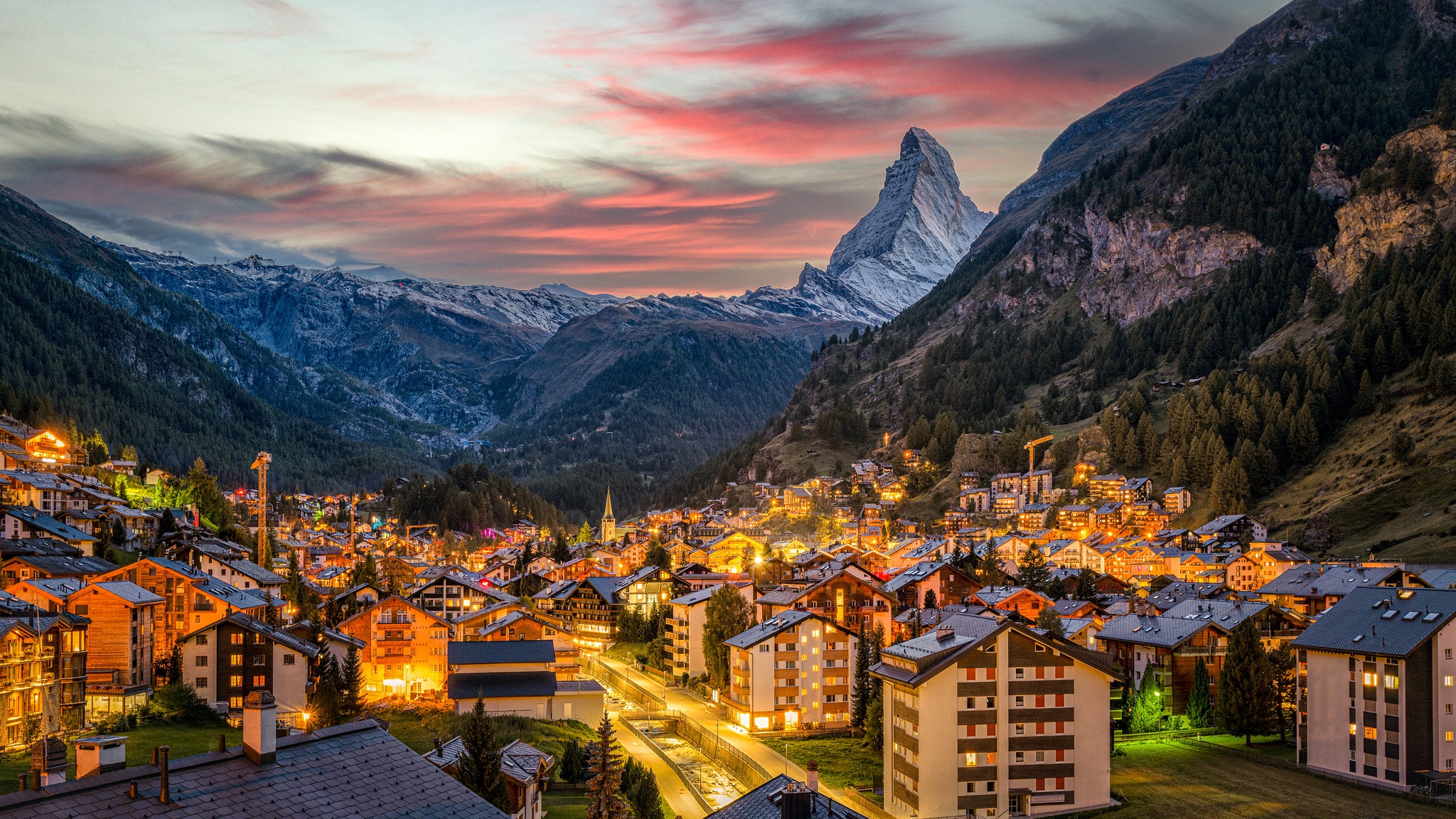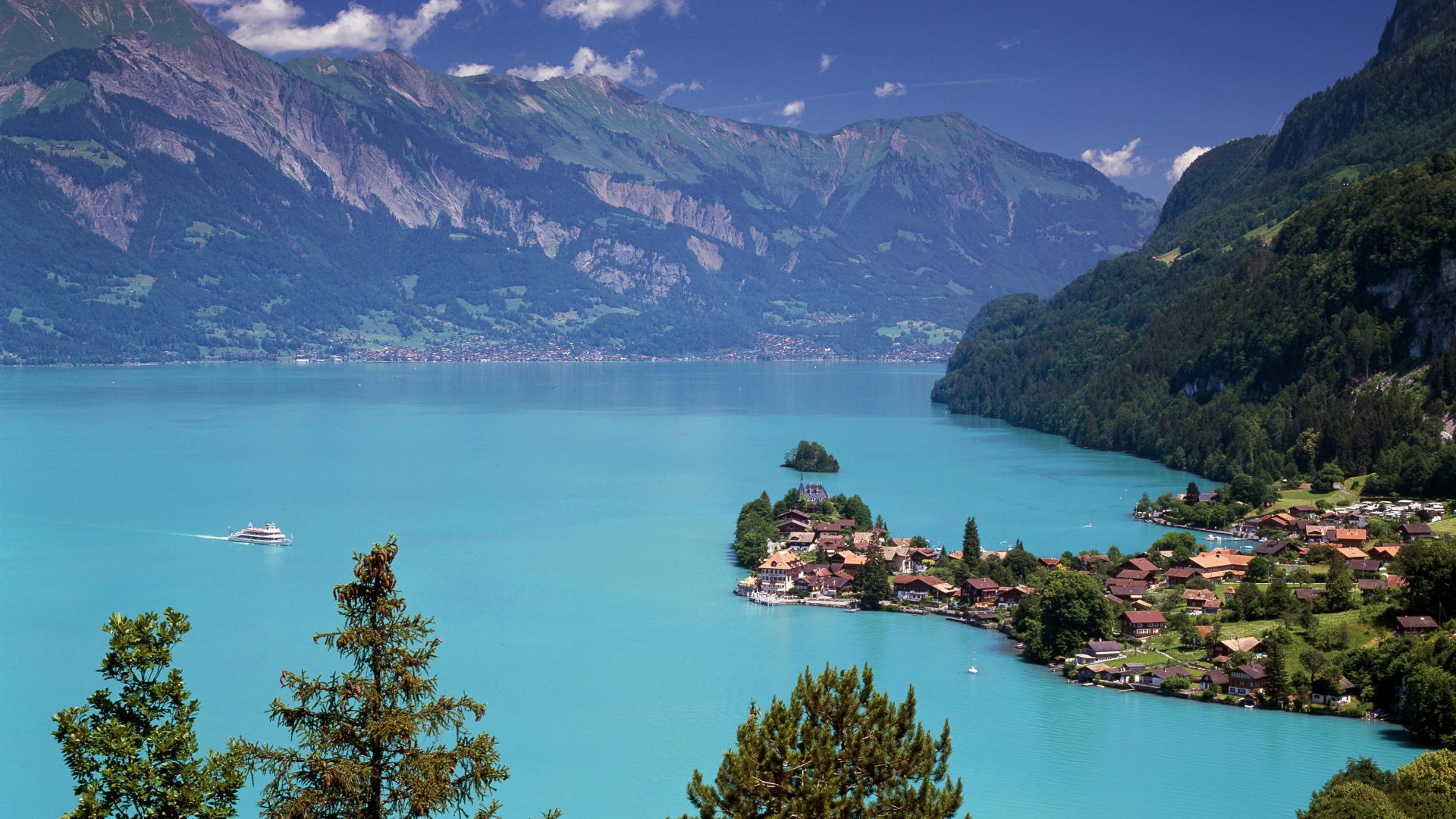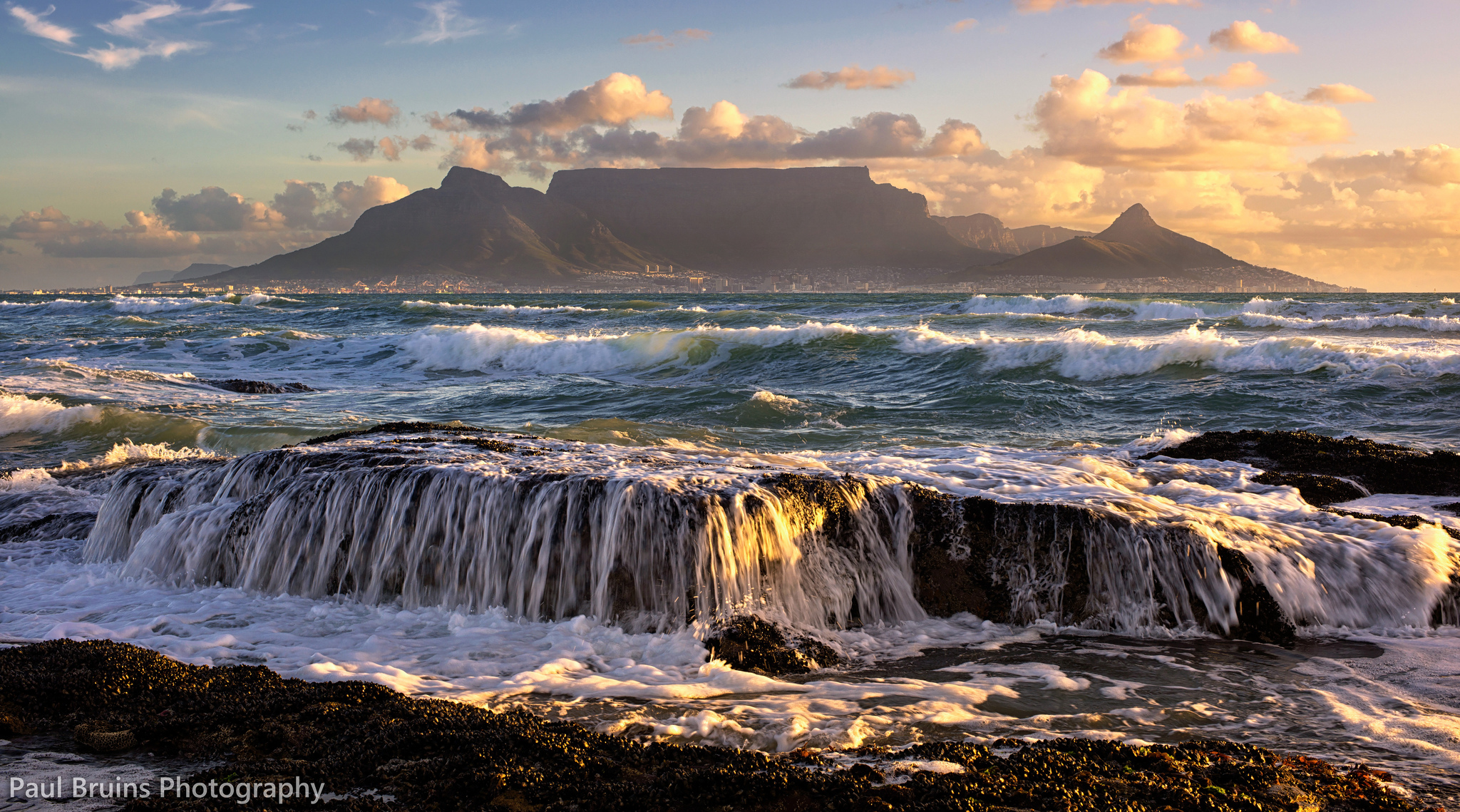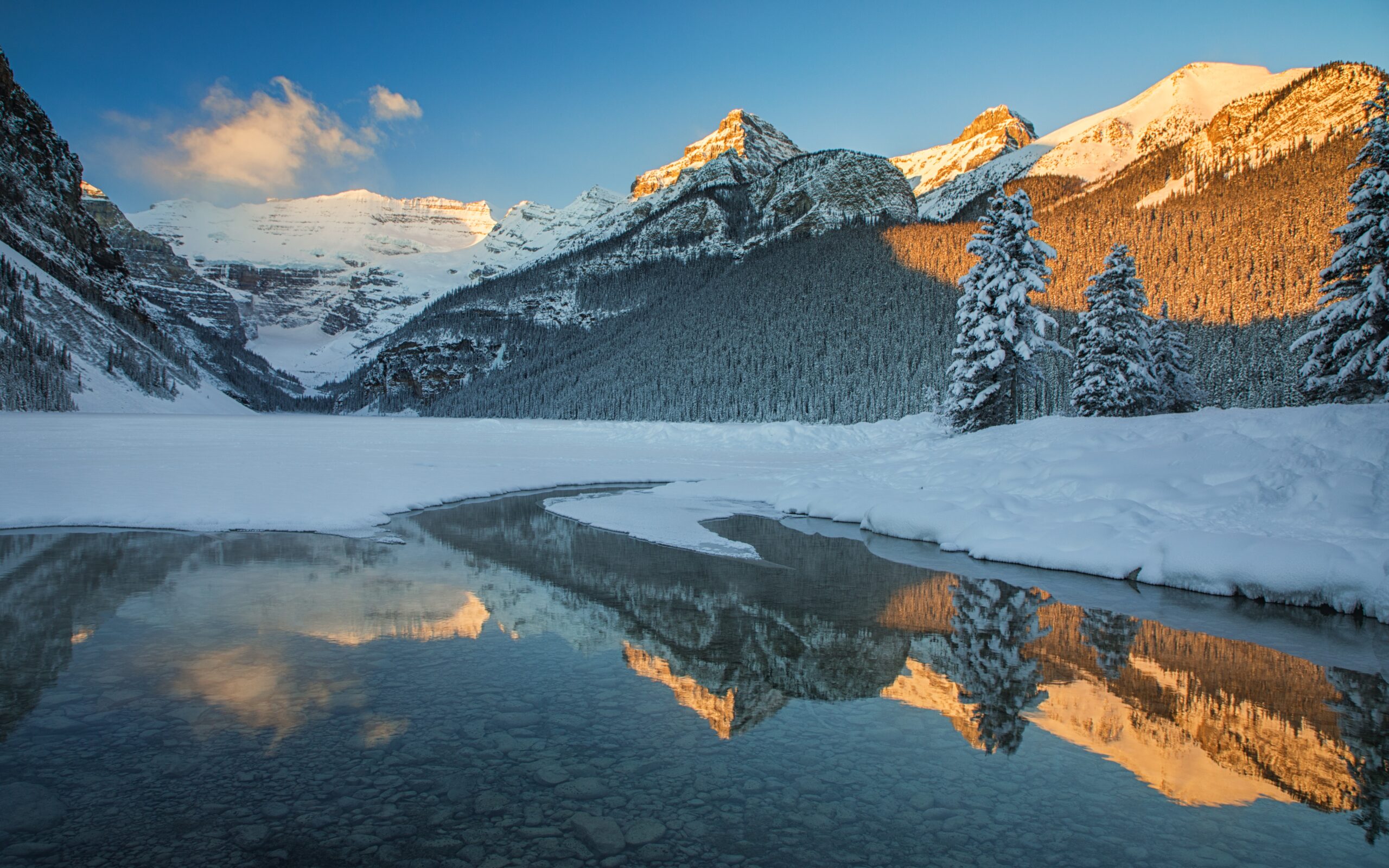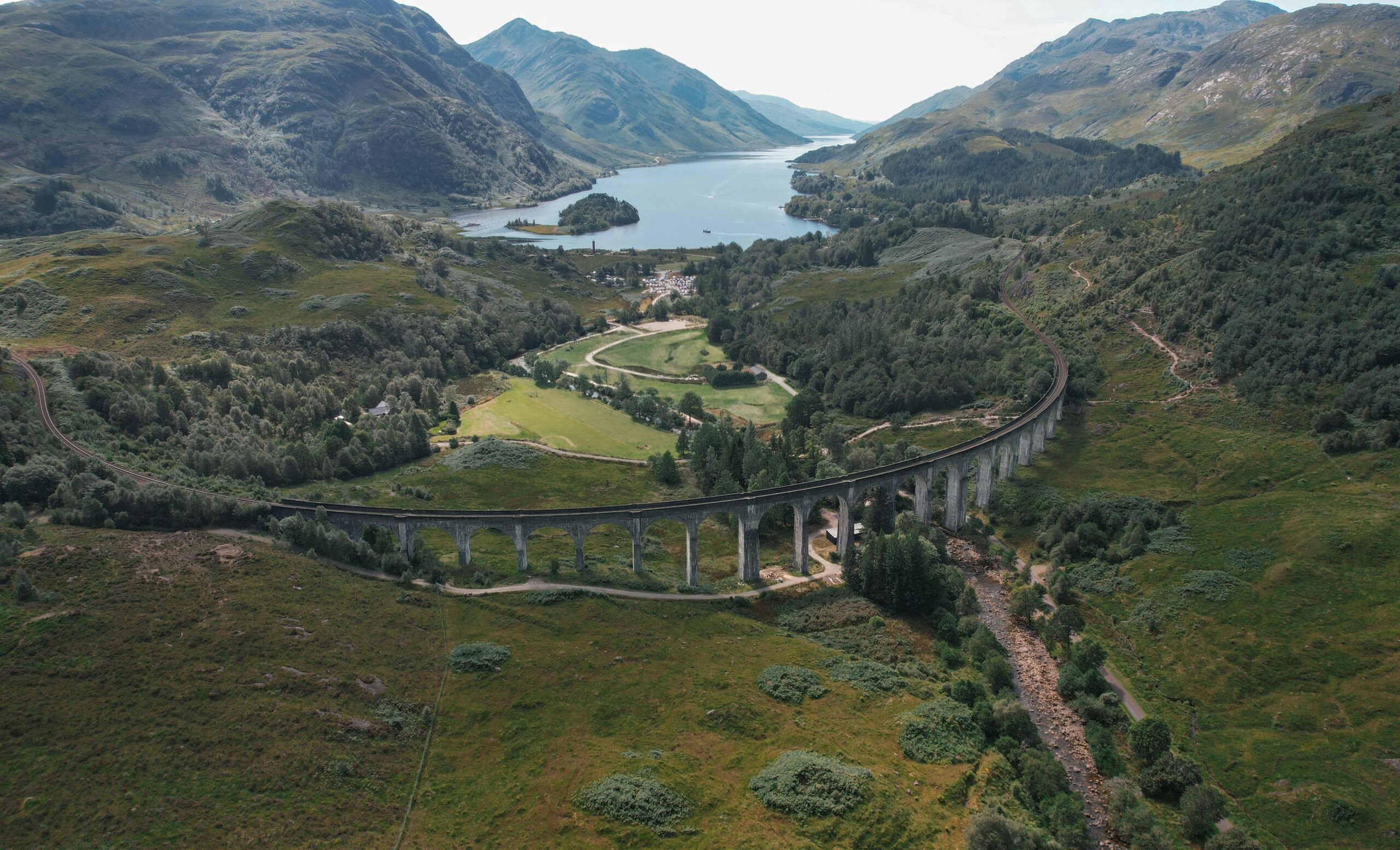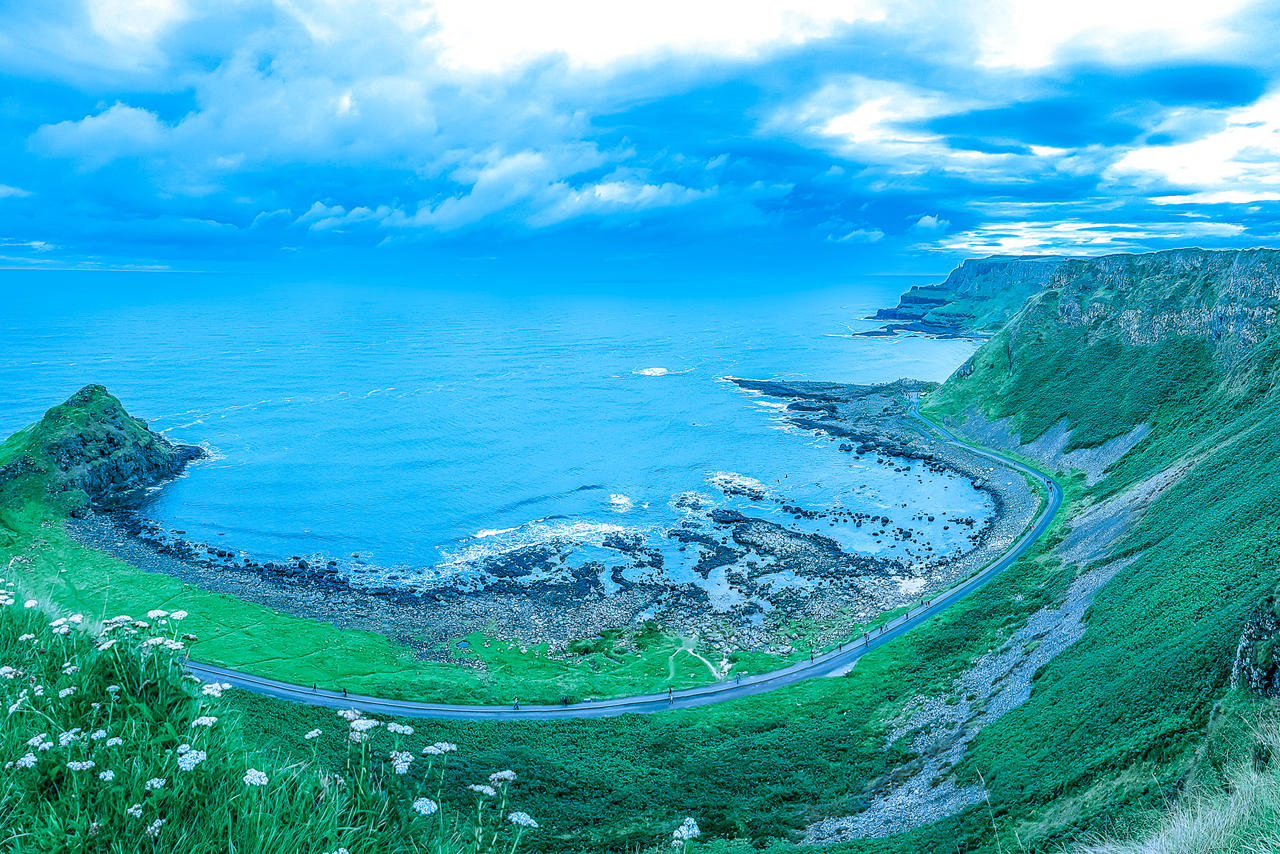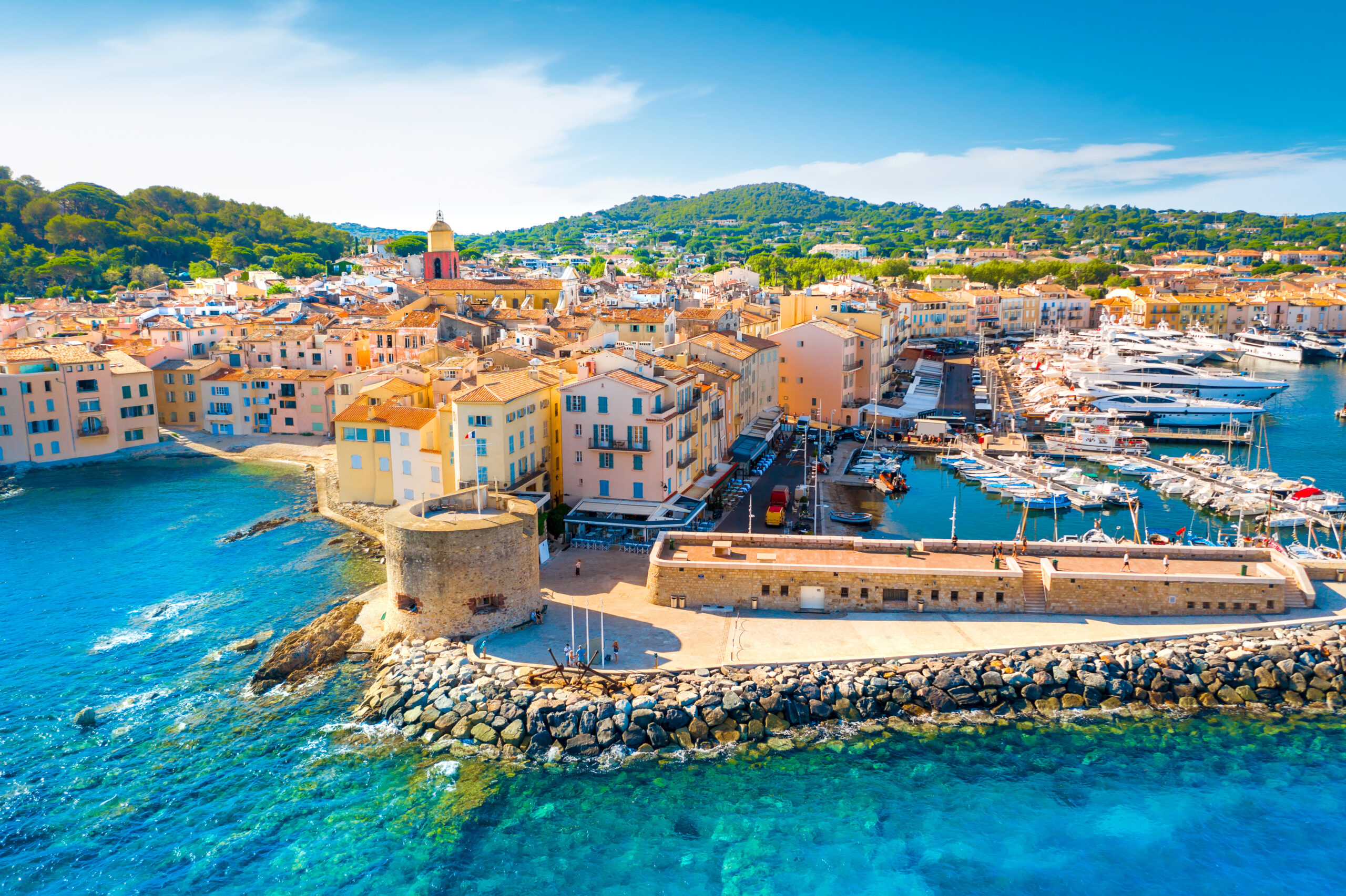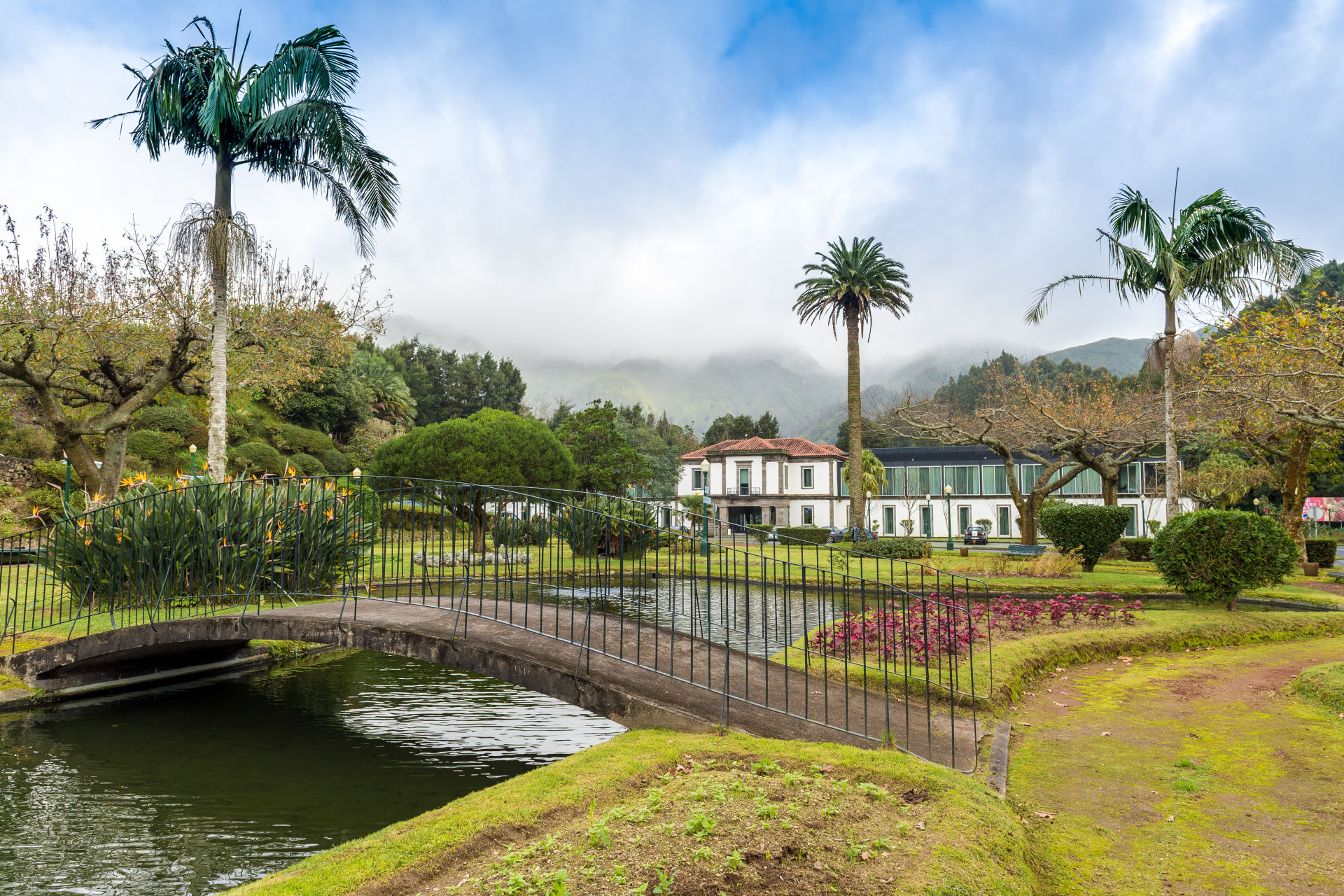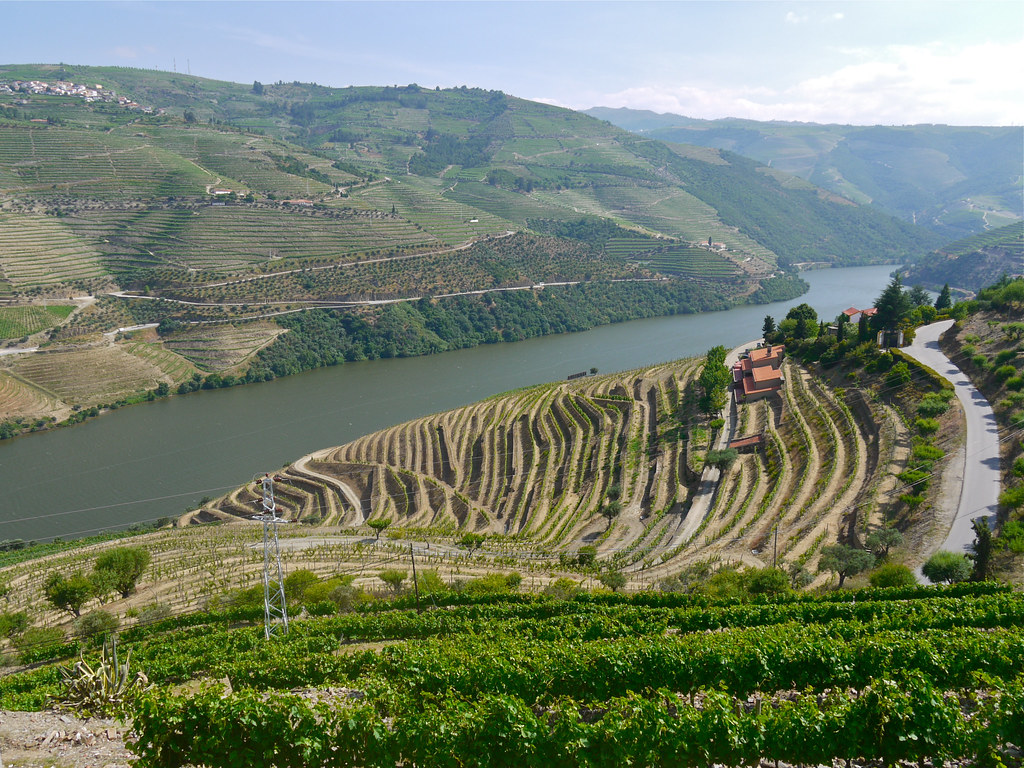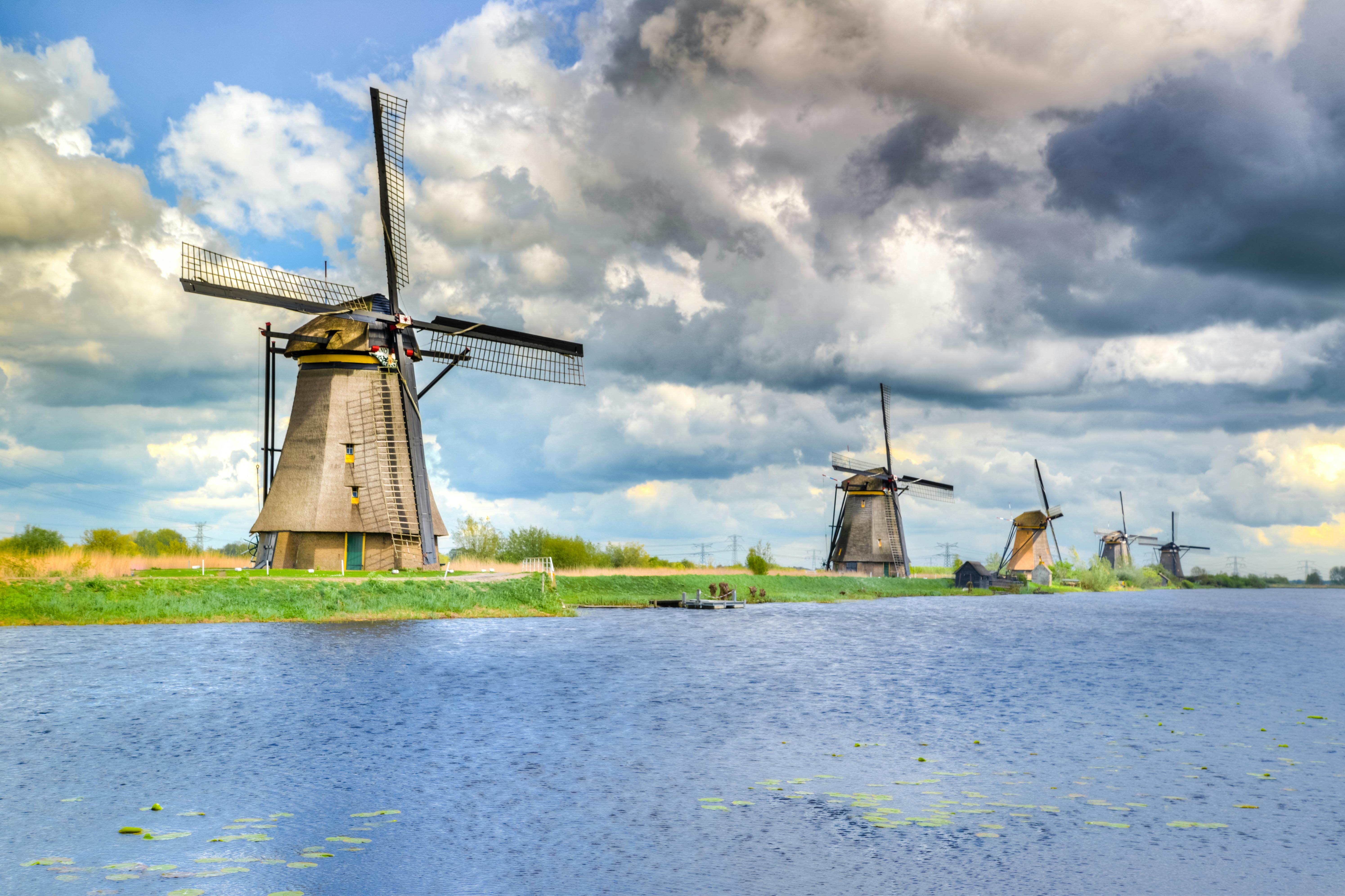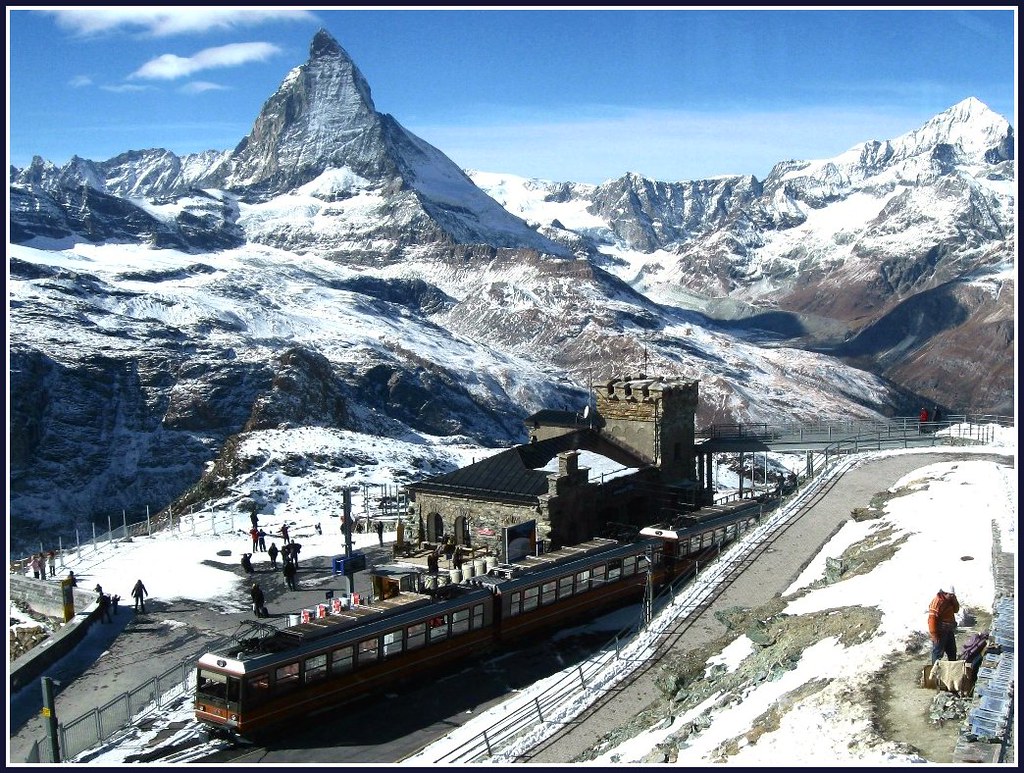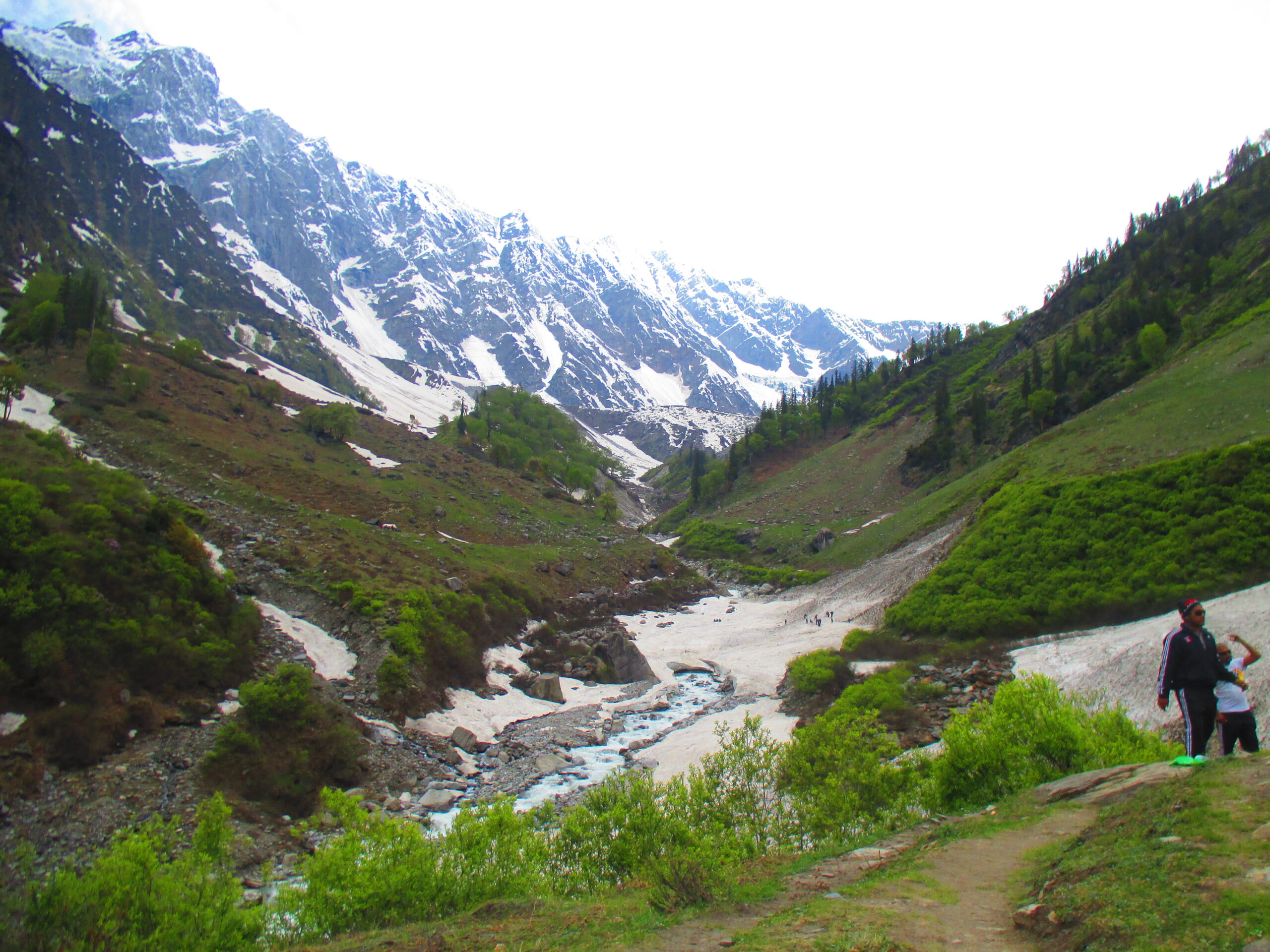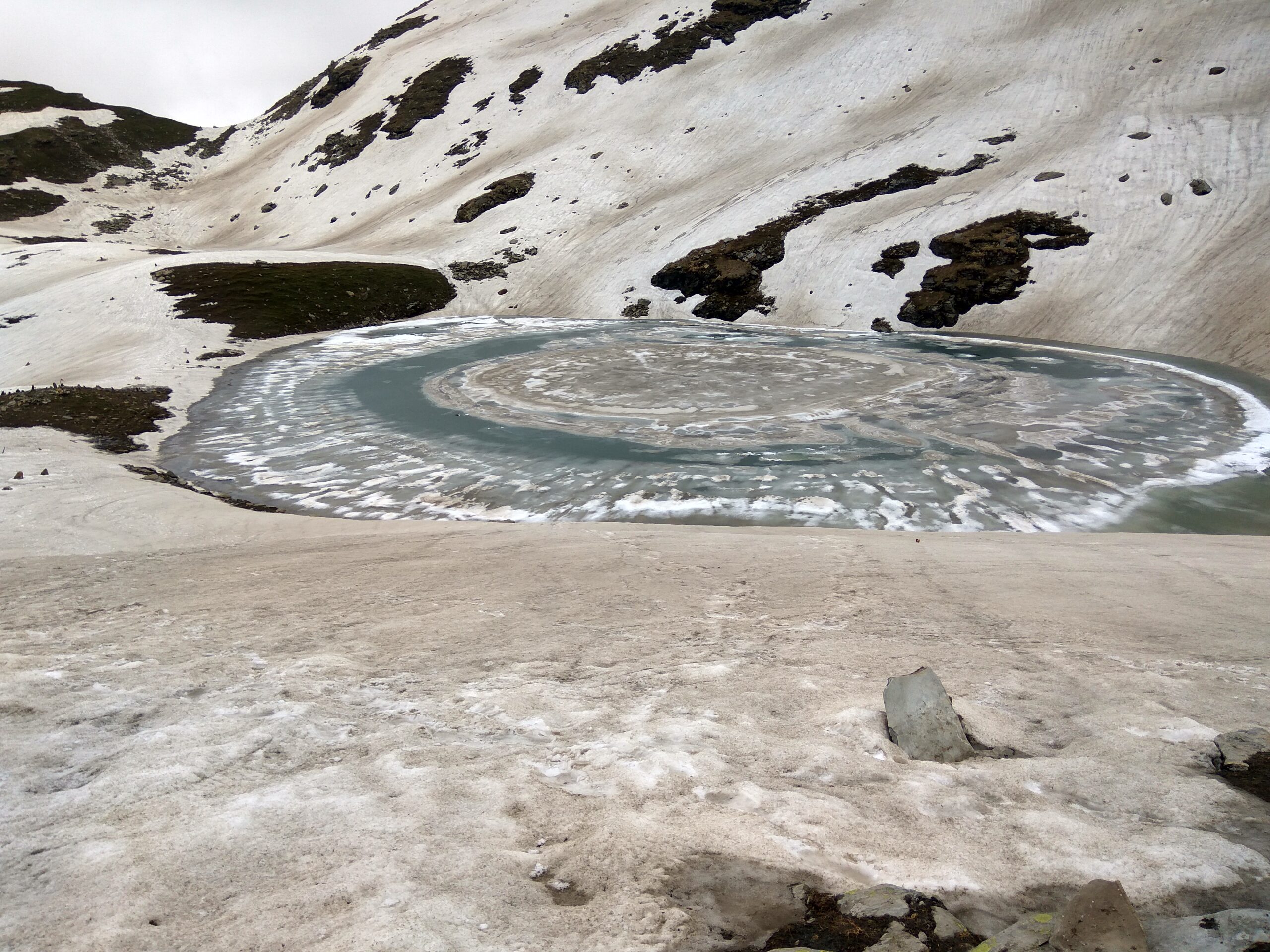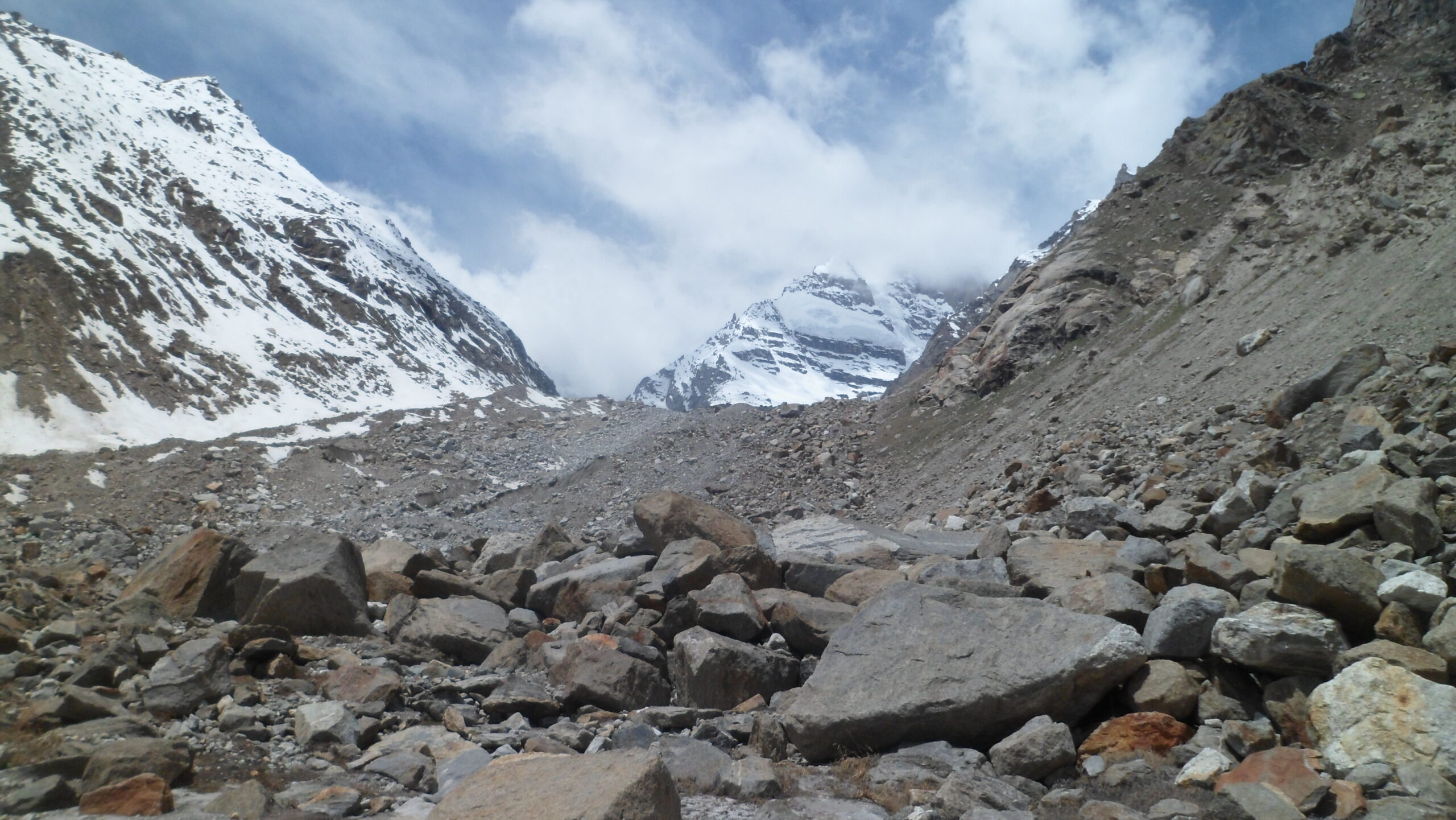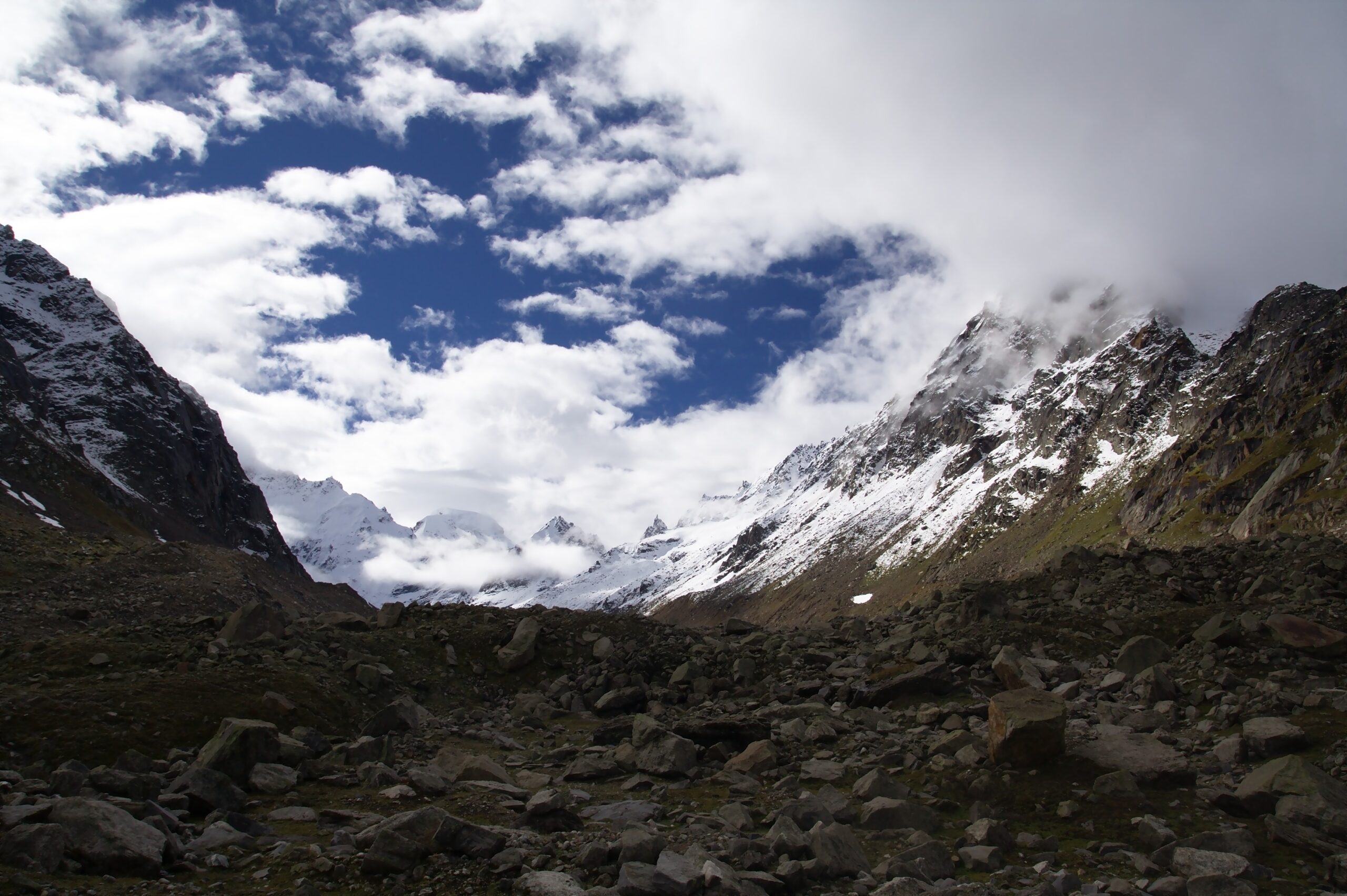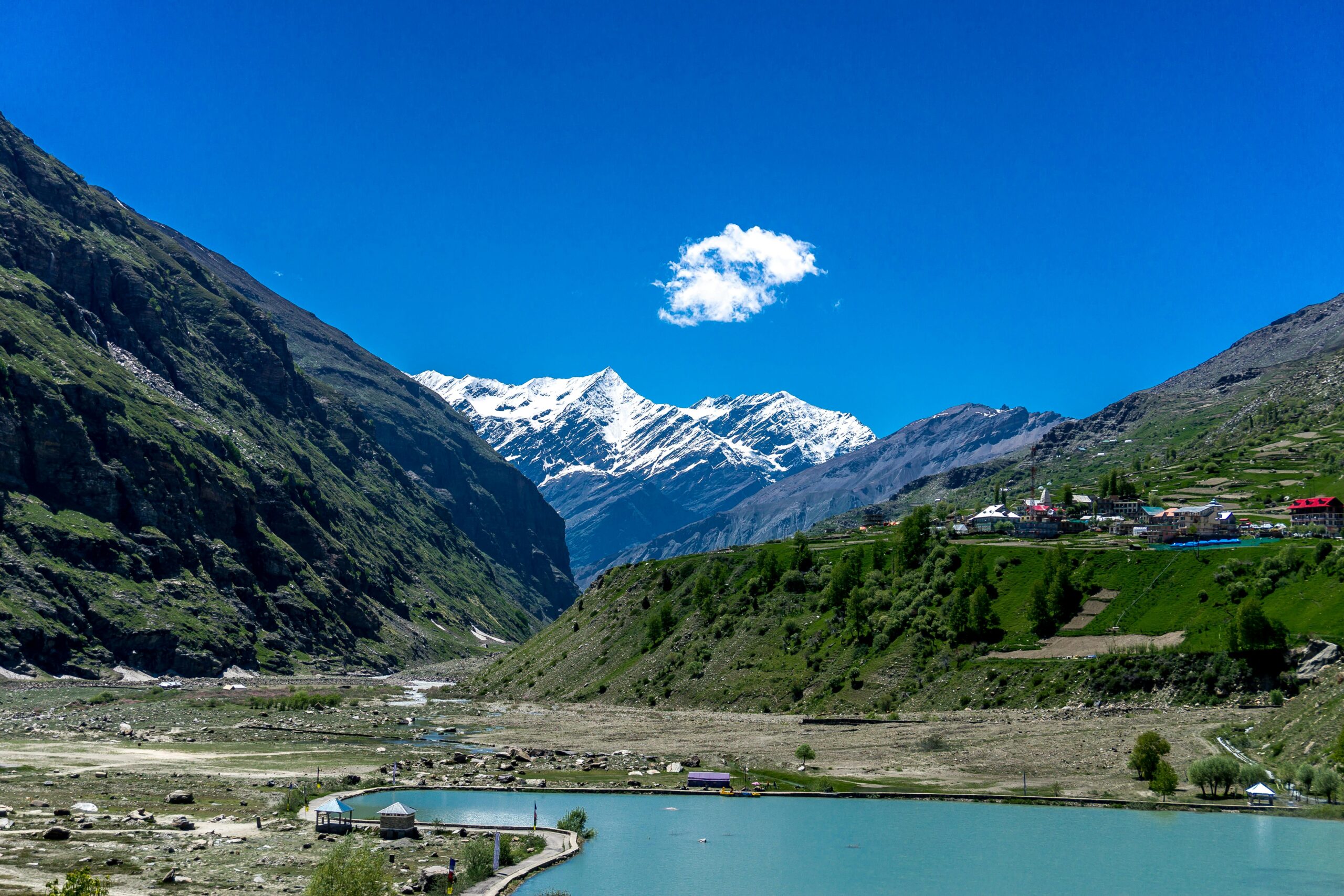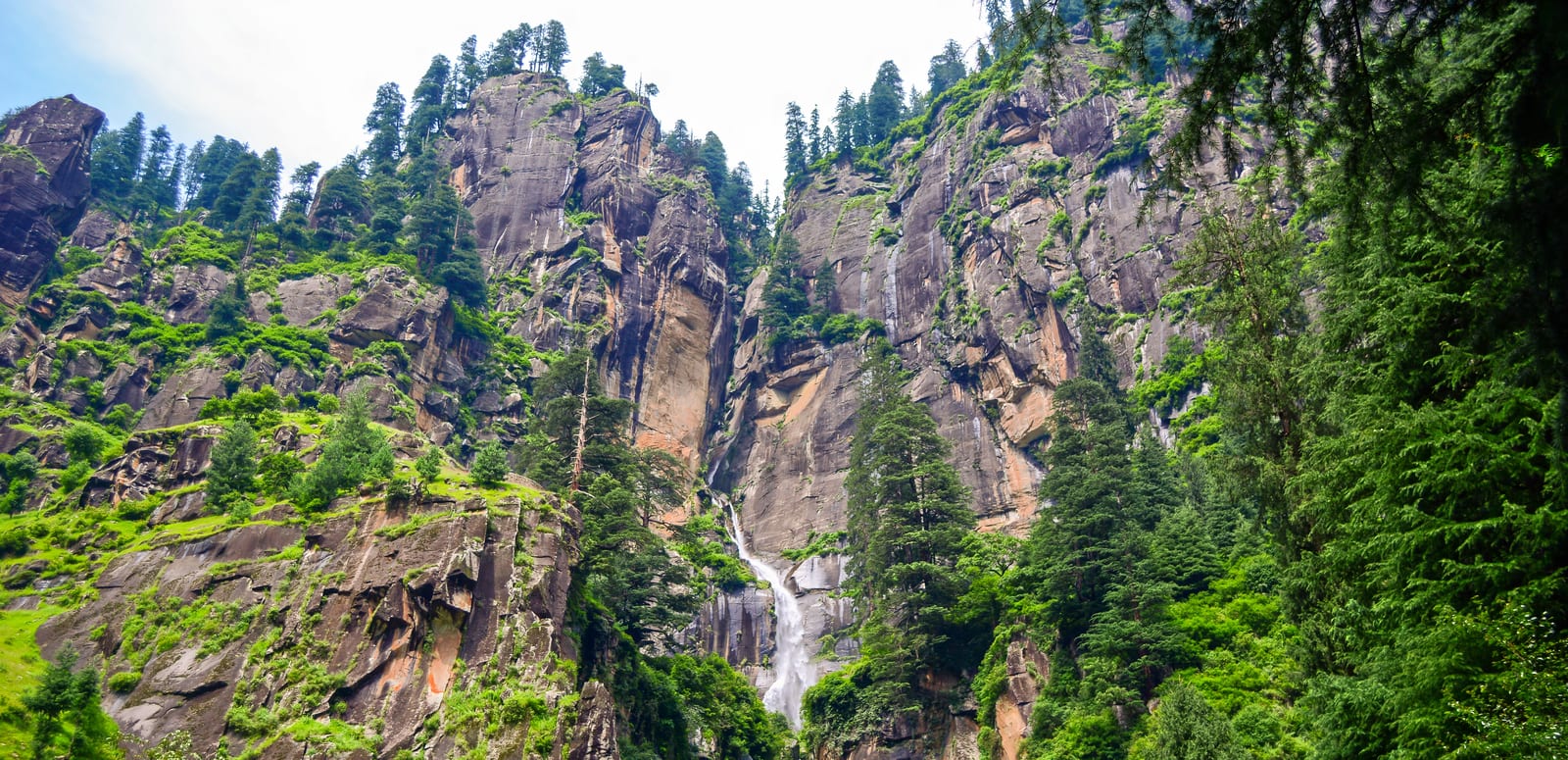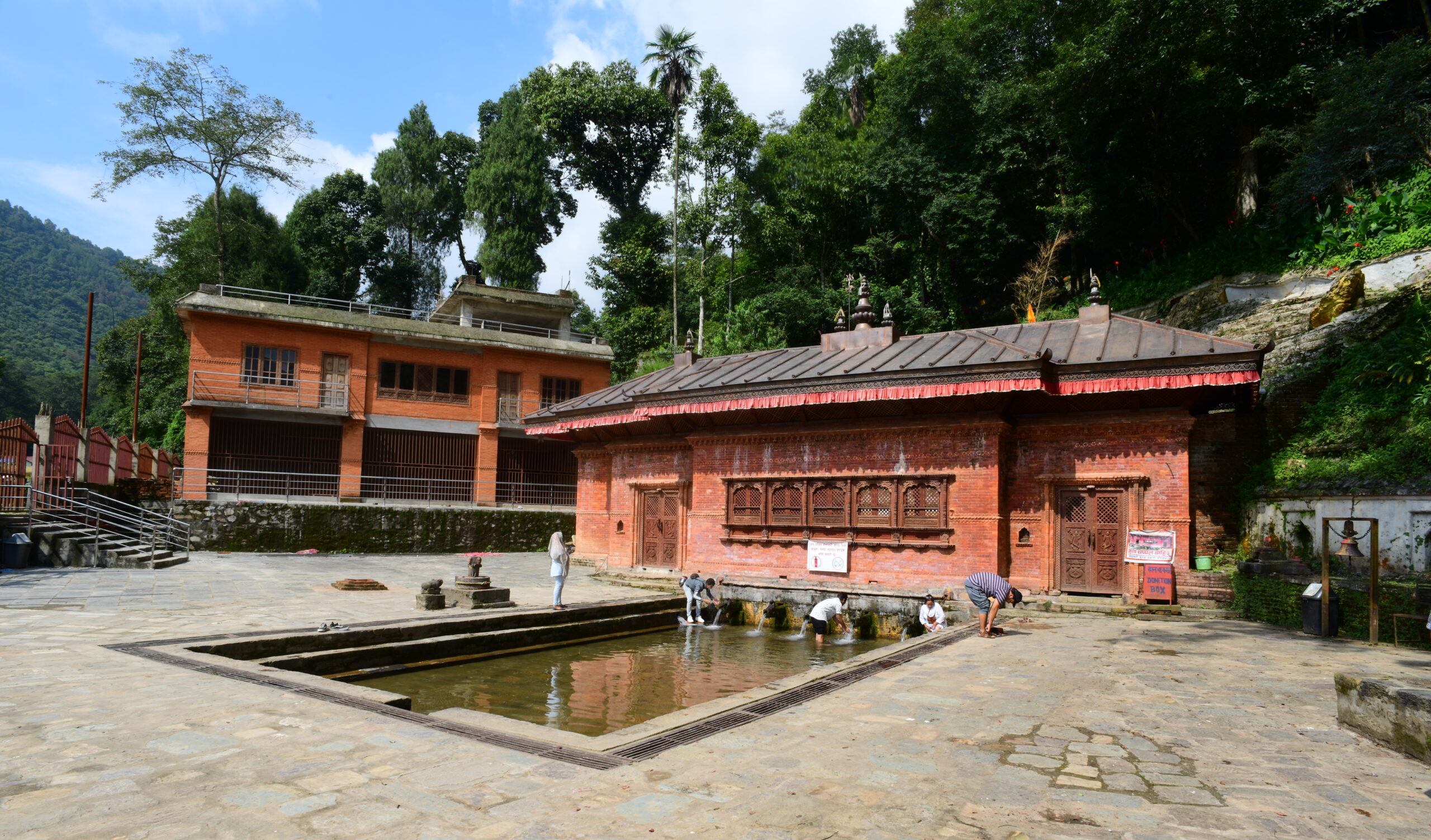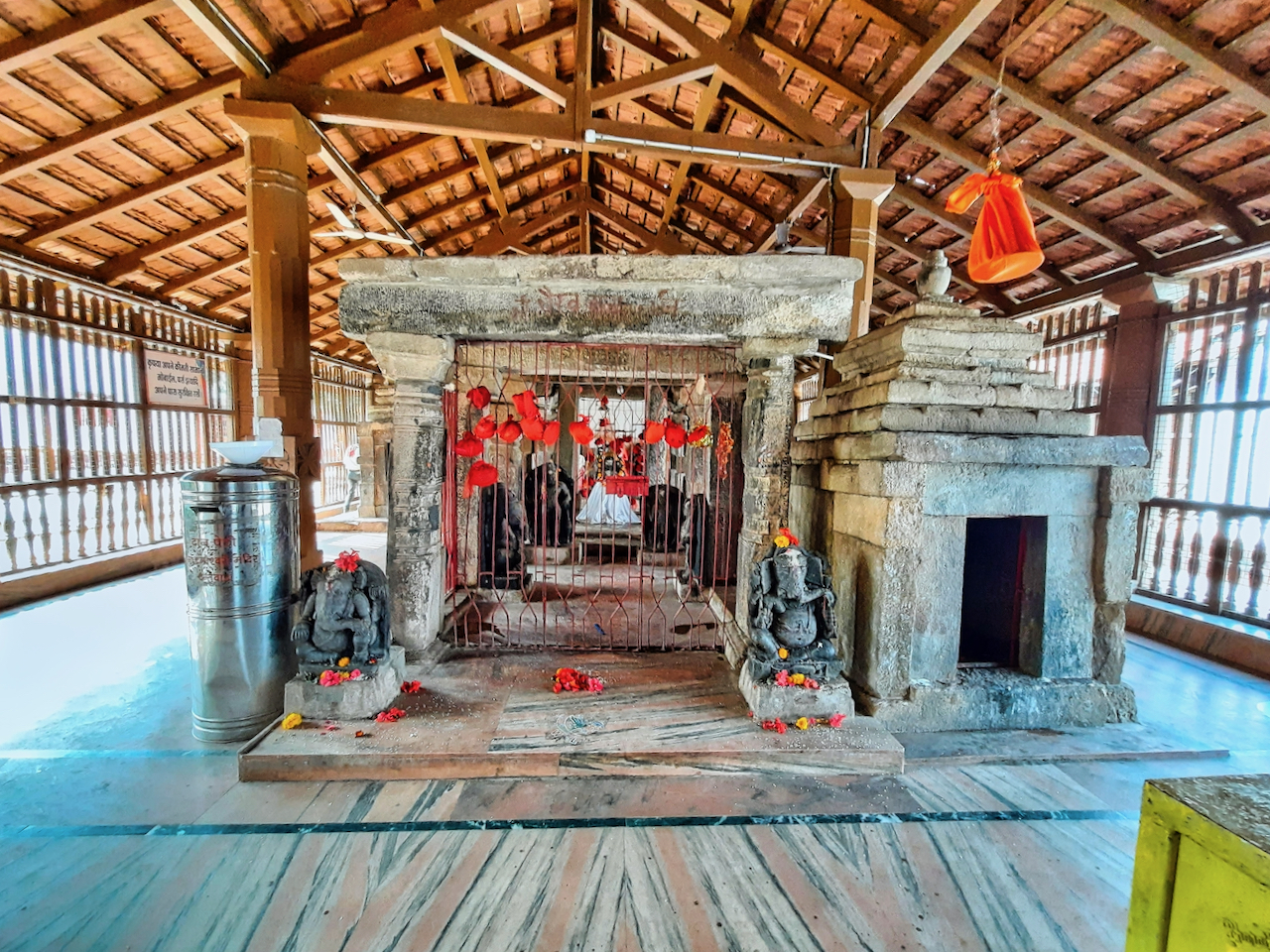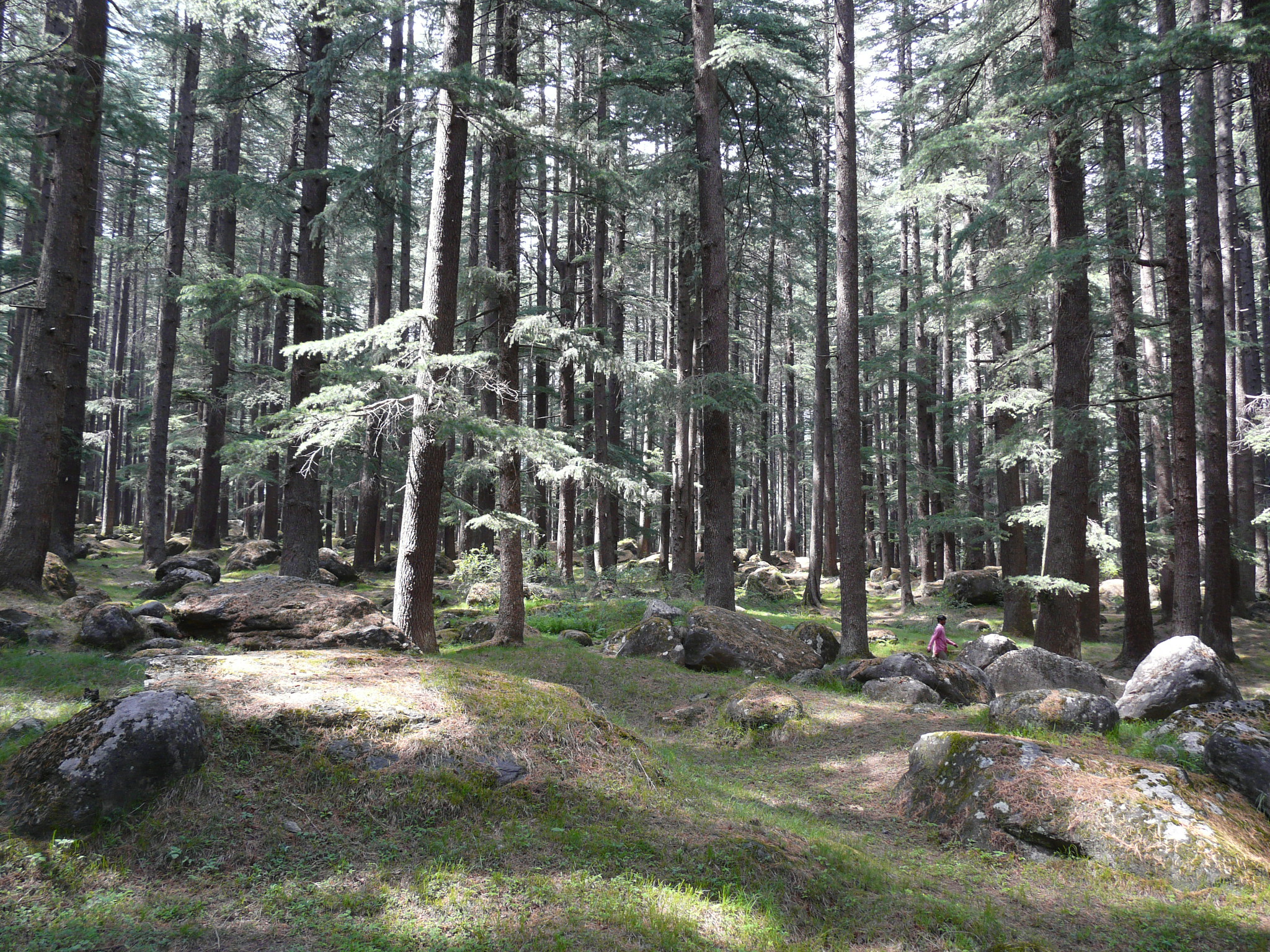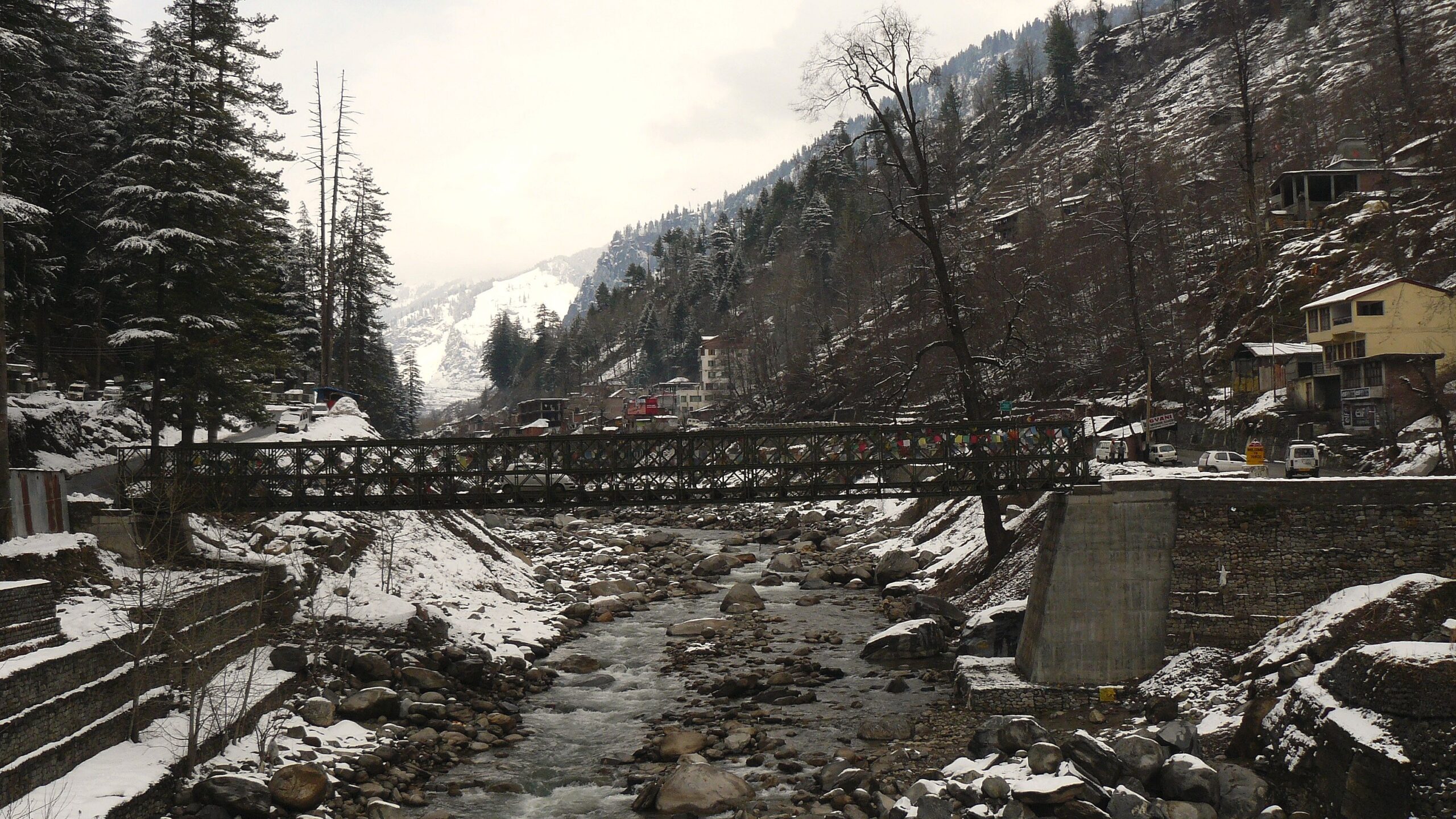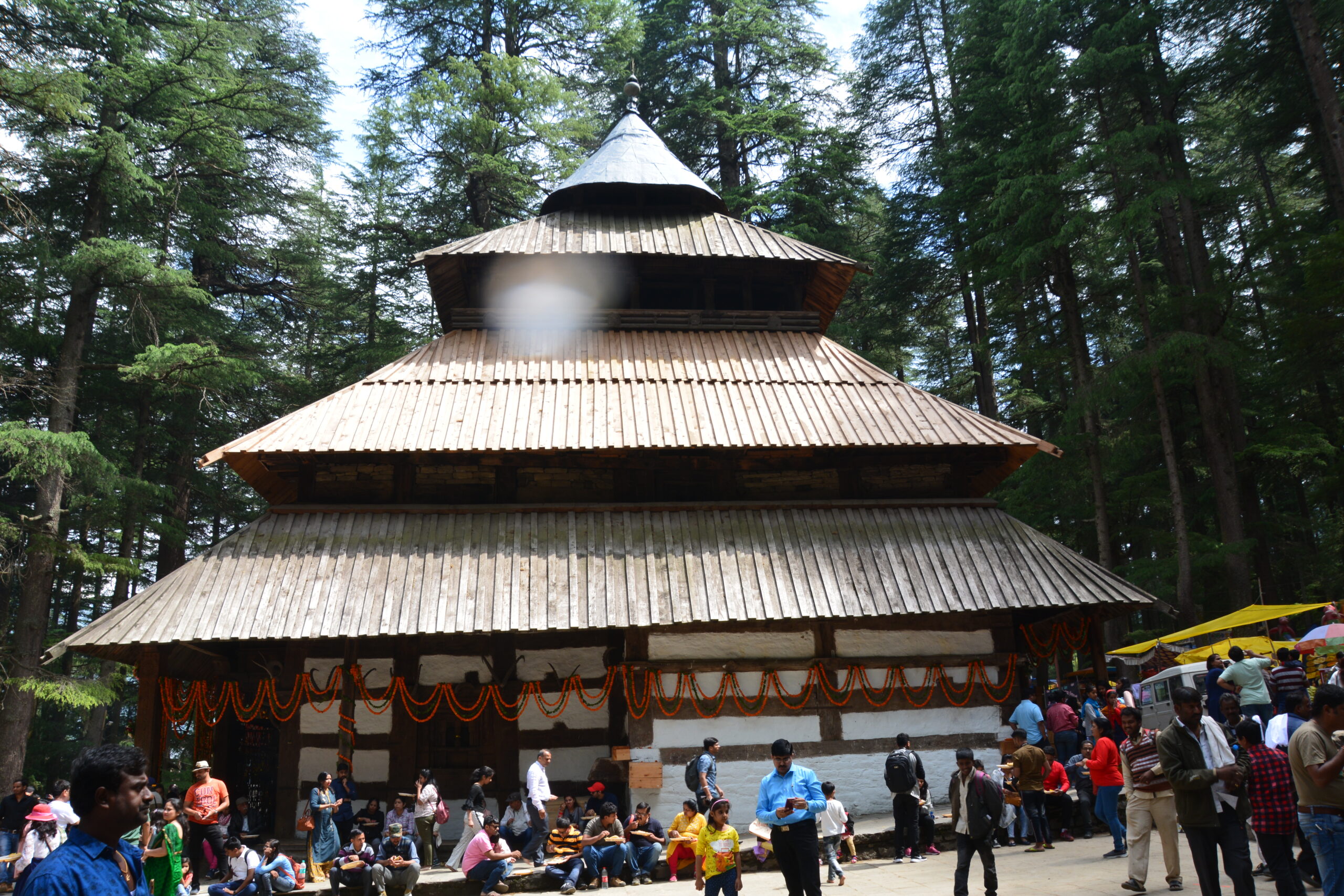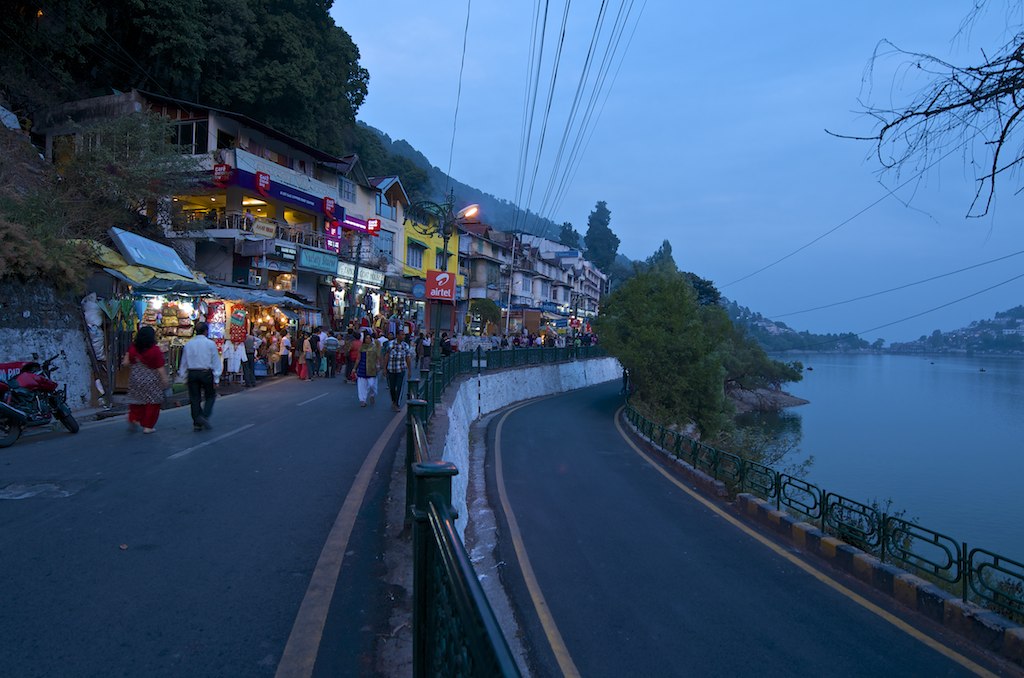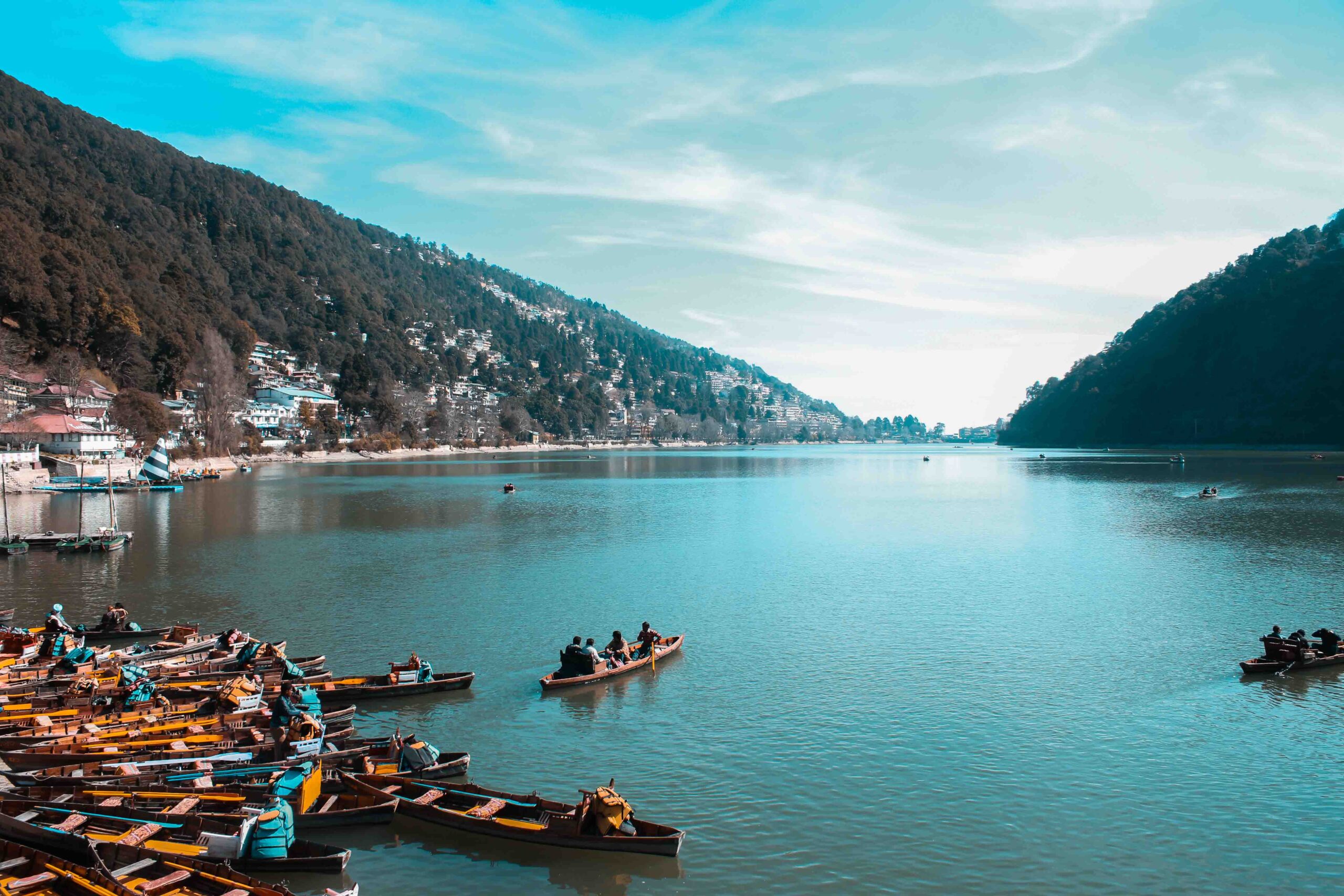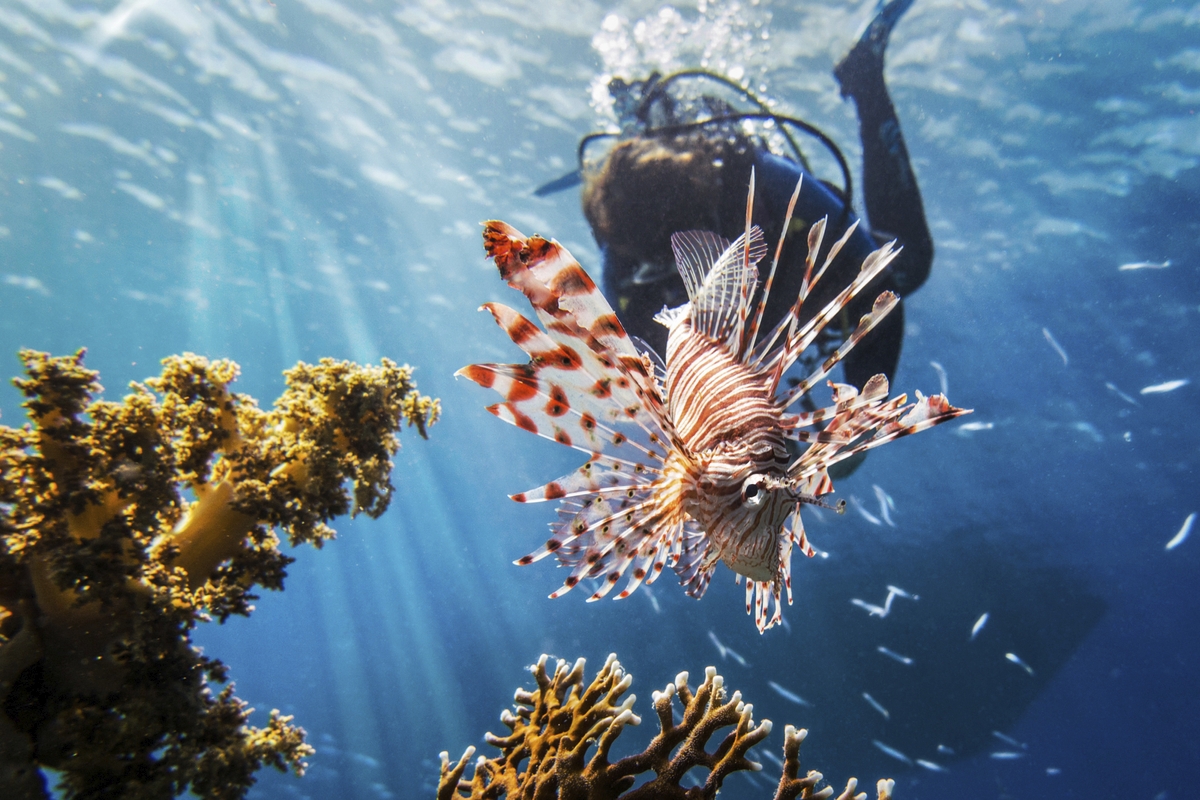
Scuba diving enthusiasts are always on the lookout for the best beaches for scuba diving in the world that offer stunning underwater landscapes, vibrant marine life, and unforgettable diving experiences. From the crystal-clear waters of the Caribbean to the vibrant coral reefs of the Pacific, here’s a detailed guide to the Top Beaches for Scuba Diving along with travel tips and budget information.
Best Beaches for Scuba Diving in World
1. Great Barrier Reef, Australia
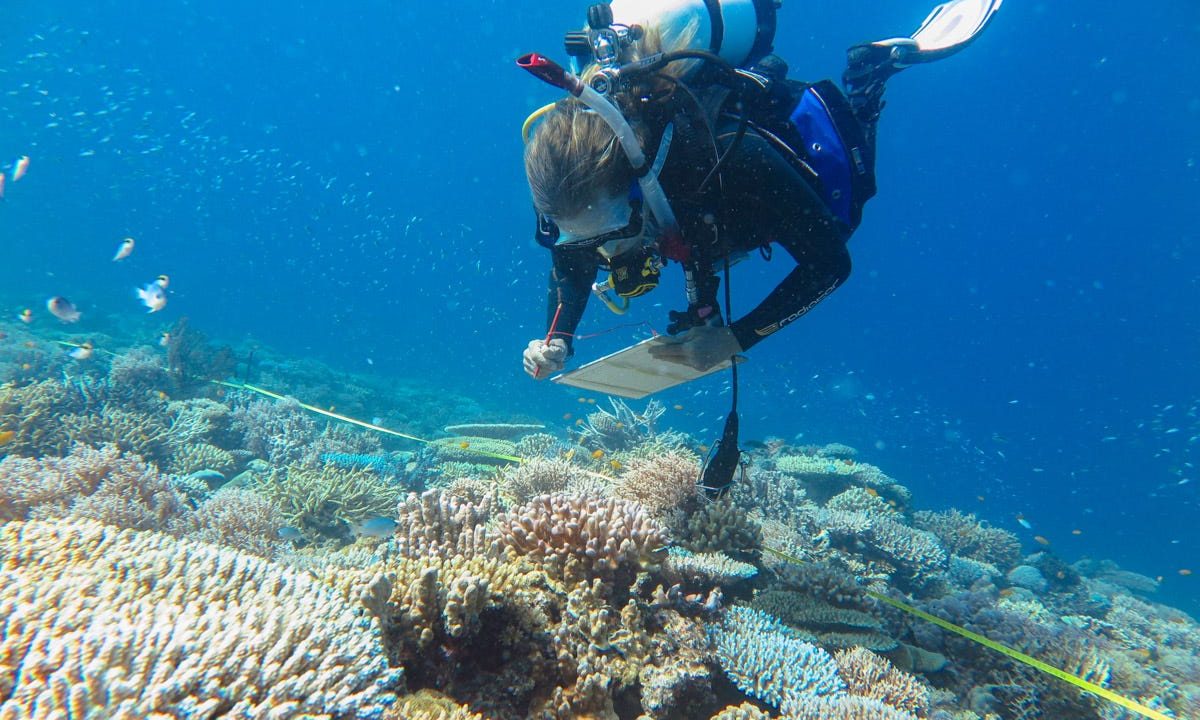
The Great Barrier Reef is one of the most iconic scuba diving destinations in the world. Located off the coast of Queensland, Australia, it is the largest coral reef system on the planet, stretching over 2,300 kilometers.
- Location: Queensland, Australia
- Best Time to Visit: June to October
- Pricing: Dive trips start at around AUD 150-250 per person for a single dive. Multi-day liveaboard trips range from AUD 600-1,500.
- Marine Life: Home to over 1,500 species of fish, 400 types of coral, and numerous marine creatures including sharks, rays, and turtles. The reef is also known for its vibrant colors and diverse ecosystems.
- Diving Sites: Popular sites include the Cod Hole, Osprey Reef, and Ribbon Reefs. Each site offers unique underwater landscapes and marine life encounters.
- Visibility: Excellent visibility, often exceeding 30 meters, making it ideal for underwater photography and exploration.
- Advance Booking: Book your dive trips and accommodations in advance, especially during peak season. Popular dive operators include Pro Dive Cairns and Mike Ball Dive Expeditions.
- Certification: Ensure you have the necessary scuba diving certification. Many dive operators offer certification courses if you are not already certified.
- Equipment: Most dive operators provide rental equipment, but you can bring your own if you prefer. Make sure your gear is in good condition.
- Weather Check: Check the weather forecast and sea conditions before your trip. The best diving conditions are typically found during the dry season (June to October).
- Reef Conservation: Follow reef conservation guidelines to protect the delicate marine ecosystems. Avoid touching corals and marine life, and use reef-safe sunscreen.
2. Blue Hole, Belize
The Blue Hole is a world-famous scuba diving destination located off the coast of Belize. This giant marine sinkhole is part of the Belize Barrier Reef Reserve System, a UNESCO World Heritage Site.
- Location: Lighthouse Reef Atoll, Belize
- Best Time to Visit: April to June
- Pricing: Dive trips start at around USD 200-300 per person for a single dive. Multi-dive packages and liveaboard trips range from USD 600-1,200.
- Marine Life: Home to a variety of marine species including reef sharks, groupers, and parrotfish. The Blue Hole’s deep waters also attract hammerhead sharks and other large pelagic species.
- Diving Sites: The Blue Hole itself is the main attraction, but nearby sites like Half Moon Caye and Turneffe Atoll are also popular. These sites offer diverse coral formations and abundant marine life.
- Visibility: Excellent visibility, often exceeding 30 meters, allowing divers to fully appreciate the underwater formations and marine life.
- Advance Booking: Book your dive trips and accommodations in advance, especially during peak season. Popular dive operators include Belize Pro Dive Center and Amigos Del Mar.
- Certification: Ensure you have the necessary scuba diving certification. Many dive operators offer certification courses if you are not already certified.
- Equipment: Most dive operators provide rental equipment, but you can bring your own if you prefer. Ensure your gear is in good condition.
- Weather Check: Check the weather forecast and sea conditions before your trip. The best diving conditions are typically found during the dry season (April to June).
- Reef Conservation: Follow reef conservation guidelines to protect the delicate marine ecosystems. Avoid touching corals and marine life, and use reef-safe sunscreen.
3. Raja Ampat, Indonesia
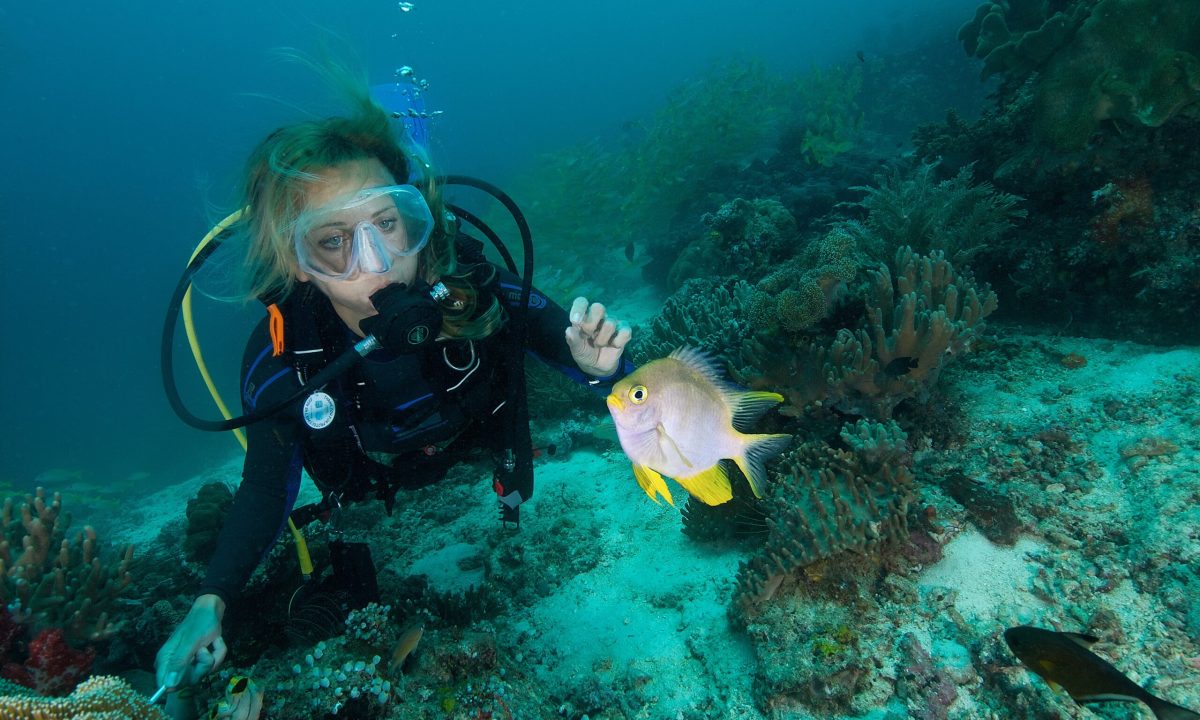
Raja Ampat is an archipelago located off the northwest tip of Bird’s Head Peninsula in West Papua, Indonesia. It is known for its incredible biodiversity and pristine coral reefs, making it one of the best beaches for scuba diving in the world.
- Location: West Papua, Indonesia
- Best Time to Visit: October to April
- Pricing: Dive trips start at around IDR 1,500,000-2,500,000 per person for a single dive. Multi-day liveaboard trips range from IDR 10,000,000-30,000,000.
- Marine Life: Home to over 1,500 species of fish, 600 types of coral, and numerous marine creatures including manta rays and whale sharks. The region is also known for its vibrant coral gardens and diverse ecosystems.
- Diving Sites: Popular sites include Cape Kri, Manta Sandy, and Misool Island. Each site offers unique underwater landscapes and marine life encounters.
- Visibility: Excellent visibility, often exceeding 25 meters, making it ideal for underwater photography and exploration.
- Advance Booking: Book your dive trips and accommodations in advance, especially during peak season. Popular dive operators include Raja Ampat Biodiversity and Papua Explorers.
- Certification: Ensure you have the necessary scuba diving certification. Many dive operators offer certification courses if you are not already certified.
- Equipment: Most dive operators provide rental equipment, but you can bring your own if you prefer. Ensure your gear is in good condition.
- Weather Check: Check the weather forecast and sea conditions before your trip. The best diving conditions are typically found during the dry season (October to April).
- Reef Conservation: Follow reef conservation guidelines to protect the delicate marine ecosystems. Avoid touching corals and marine life, and use reef-safe sunscreen.
4. Palau, Micronesia
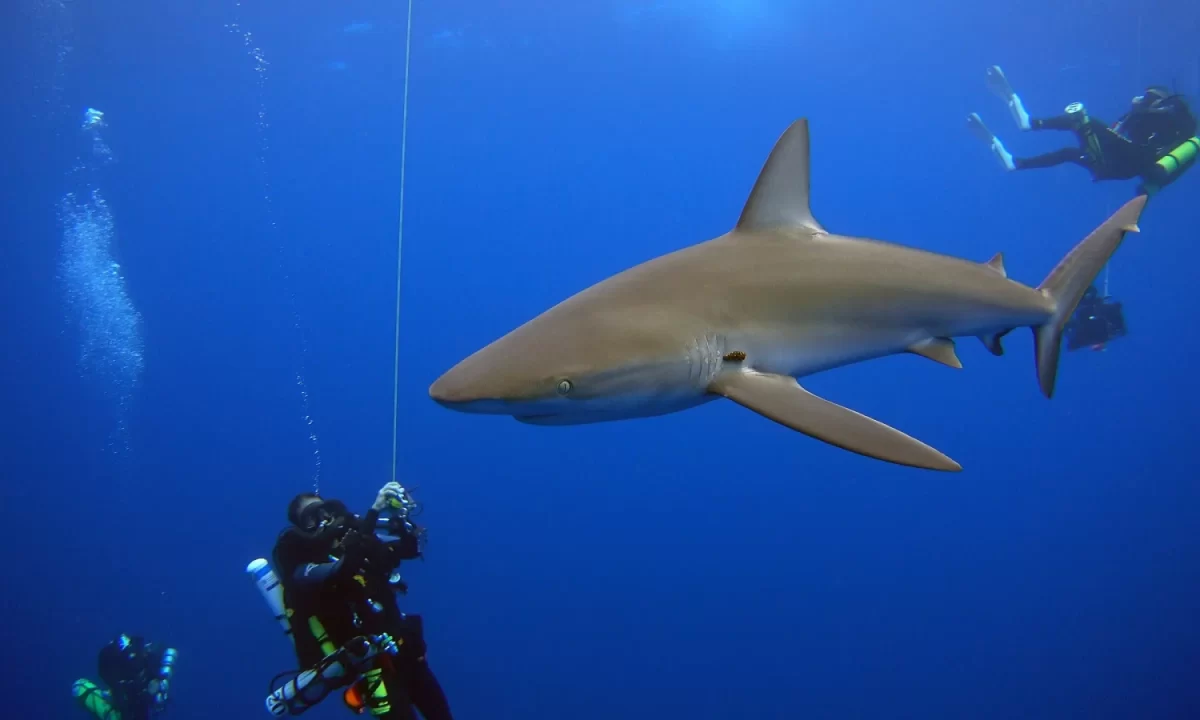
Palau is a tropical paradise located in the western Pacific Ocean. It is renowned for its diverse marine life, pristine coral reefs, and WWII wrecks, making it one of the top beaches for scuba diving.
- Location: Western Pacific Ocean
- Best Time to Visit: November to April
- Pricing: Dive trips start at around USD 150-250 per person for a single dive. Multi-day liveaboard trips range from USD 1,000-3,000.
- Marine Life: Home to over 1,300 species of fish, 700 types of coral, and numerous marine creatures including sharks, rays, and turtles. The region is also known for its vibrant coral gardens and diverse ecosystems.
- Diving Sites: Popular sites include Blue Corner, German Channel, and Ulong Channel. Each site offers unique underwater landscapes and marine life encounters.
- Visibility: Excellent visibility, often exceeding 30 meters, making it ideal for underwater photography and exploration.
- Advance Booking: Book your dive trips and accommodations in advance, especially during peak season. Popular dive operators include Sam’s Tours Palau and Fish ‘n Fins.
- Certification: Ensure you have the necessary scuba diving certification. Many dive operators offer certification courses if you are not already certified.
- Equipment: Most dive operators provide rental equipment, but you can bring your own if you prefer. Ensure your gear is in good condition.
- Weather Check: Check the weather forecast and sea conditions before your trip. The best diving conditions are typically found during the dry season (November to April).
- Reef Conservation: Follow reef conservation guidelines to protect the delicate marine ecosystems. Avoid touching corals and marine life, and use reef-safe sunscreen.
5. Red Sea, Egypt
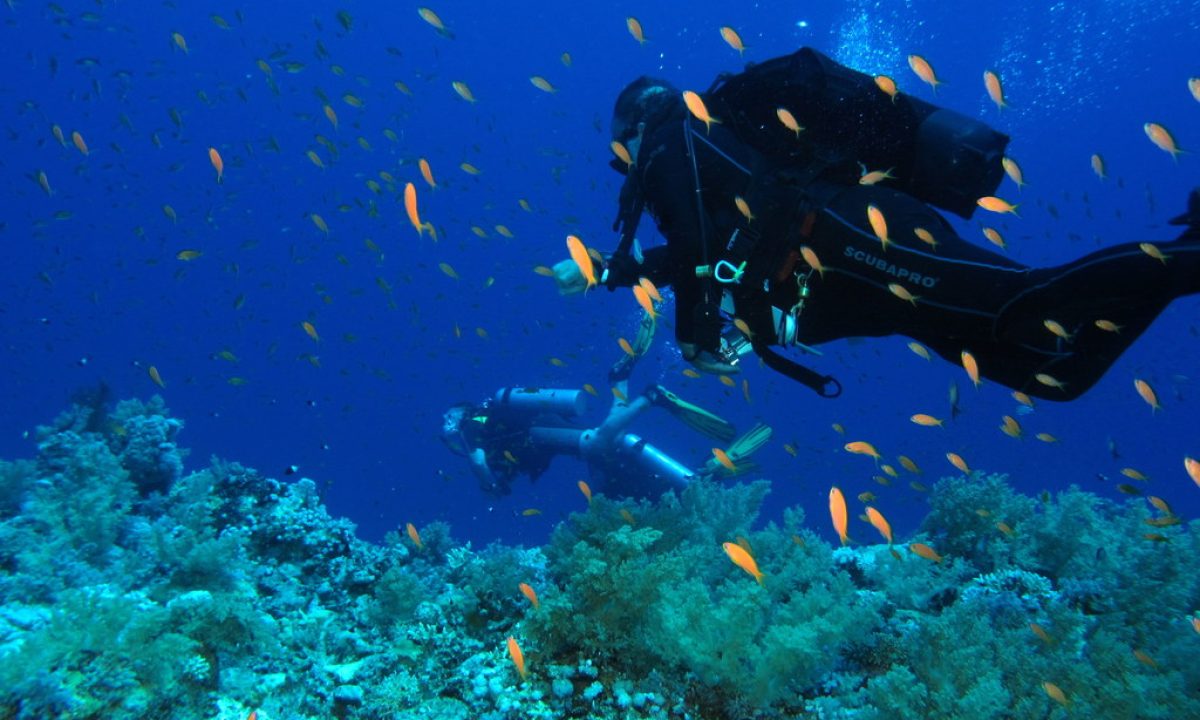
The Red Sea is a world-class diving destination known for its crystal-clear waters, vibrant coral reefs, and diverse marine life. It stretches along the eastern coast of Egypt and is considered one of the best scuba diving beaches.
- Location: Eastern coast of Egypt
- Best Time to Visit: March to May and September to November
- Pricing: Dive trips start at around USD 50-100 per person for a single dive. Multi-day liveaboard trips range from USD 500-1,500.
- Marine Life: Home to over 1,200 species of fish, 200 types of coral, and numerous marine creatures including dolphins, sharks, and turtles. The region is also known for its vibrant coral gardens and diverse ecosystems.
- Diving Sites: Popular sites include Ras Mohammed, Thistlegorm Wreck, and Brothers Islands. Each site offers unique underwater landscapes and marine life encounters.
- Visibility: Excellent visibility, often exceeding 30 meters, making it ideal for underwater photography and exploration.
- Advance Booking: Book your dive trips and accommodations in advance, especially during peak season. Popular dive operators include Emperor Divers and Red Sea Diving Safari.
- Certification: Ensure you have the necessary scuba diving certification. Many dive operators offer certification courses if you are not already certified.
- Equipment: Most dive operators provide rental equipment, but you can bring your own if you prefer. Ensure your gear is in good condition.
- Weather Check: Check the weather forecast and sea conditions before your trip. The best diving conditions are typically found during the spring and autumn months (March to May and September to November).
- Reef Conservation: Follow reef conservation guidelines to protect the delicate marine ecosystems. Avoid touching corals and marine life, and use reef-safe sunscreen.
6. Havelock Island, Andaman and Nicobar Islands
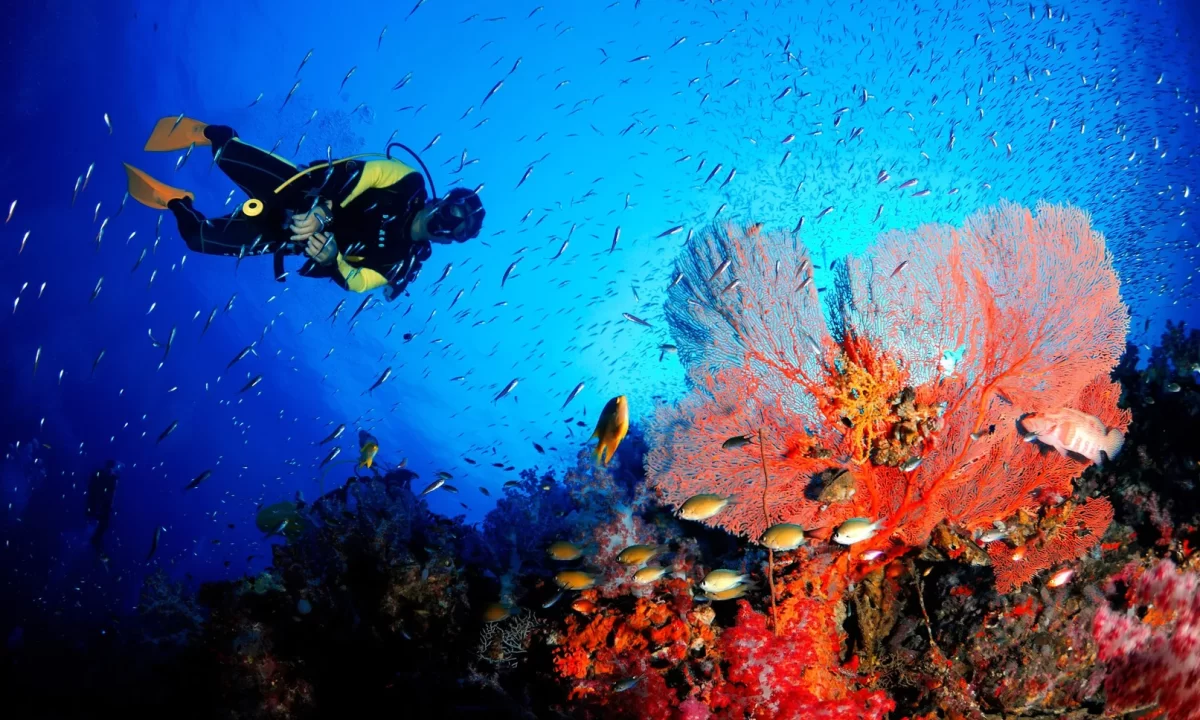
Havelock Island, officially known as Swaraj Dweep, is part of the Andaman and Nicobar Islands in the Bay of Bengal. It is renowned for its pristine beaches, crystal-clear waters, and vibrant coral reefs, making it a top destination for scuba diving in India.
- Location: Andaman and Nicobar Islands, India
- Best Time to Visit: October to May
- Pricing: Dive trips start at around INR 3,500-5,000 per person for a single dive. Multi-dive packages and certification courses range from INR 15,000-30,000.
- Marine Life: Home to a variety of marine species including reef sharks, rays, parrotfish, and sea turtles. The coral reefs are vibrant and teeming with life.
- Diving Sites: Popular sites include Elephant Beach, Lighthouse, and The Wall. Each site offers unique underwater landscapes and marine life encounters.
- Visibility: Excellent visibility, often exceeding 20 meters, making it ideal for underwater photography and exploration.
- Advance Booking: Book your dive trips and accommodations in advance, especially during peak season. Popular dive operators include Barefoot Scuba, Dive India, and Andaman Bubbles.
- Certification: Ensure you have the necessary scuba diving certification. Many dive operators offer certification courses if you are not already certified.
- Equipment: Most dive operators provide rental equipment, but you can bring your own if you prefer. Ensure your gear is in good condition.
- Weather Check: Check the weather forecast and sea conditions before your trip. The best diving conditions are typically found during the dry season (October to May).
- Reef Conservation: Follow reef conservation guidelines to protect the delicate marine ecosystems. Avoid touching corals and marine life, and use reef-safe sunscreen.
- Local Transport: Havelock Island is accessible by ferry from Port Blair. Once on the island, you can rent a scooter or bicycle to get around.
7. Sipadan Island, Malaysia

Sipadan Island is located off the east coast of Malaysian Borneo and is considered one of the top scuba diving destinations in the world. The island is known for its rich marine biodiversity and stunning coral reefs.
- Location: Sabah, Malaysia
- Best Time to Visit: April to December
- Pricing: Dive trips start at around MYR 300-500 per person for a single dive. Multi-day packages and liveaboard trips range from MYR 2,000-5,000.
- Marine Life: Home to over 3,000 species of fish and hundreds of coral species. The island is also known for its large populations of green and hawksbill turtles, as well as barracudas and reef sharks.
- Diving Sites: Popular sites include Barracuda Point, Turtle Cavern, and South Point. Each site offers unique underwater landscapes and marine life encounters.
- Visibility: Excellent visibility, often exceeding 30 meters, making it ideal for underwater photography and exploration.
- Advance Booking: Book your dive trips and accommodations in advance, as permits to dive at Sipadan are limited. Popular dive operators include Borneo Divers and Scuba Junkie.
- Certification: Ensure you have the necessary scuba diving certification. Many dive operators offer certification courses if you are not already certified.
- Equipment: Most dive operators provide rental equipment, but you can bring your own if you prefer. Ensure your gear is in good condition.
- Permits: Permits to dive at Sipadan are limited to 120 per day, so make sure to secure your permit well in advance.
- Reef Conservation: Follow reef conservation guidelines to protect the delicate marine ecosystems. Avoid touching corals and marine life, and use reef-safe sunscreen.
8. Galápagos Islands, Ecuador

The Galápagos Islands are a UNESCO World Heritage Site located in the Pacific Ocean, known for their unique and diverse marine life. The islands offer some of the best scuba diving experiences in the world.
- Location: Pacific Ocean, Ecuador
- Best Time to Visit: June to November
- Pricing: Dive trips start at around USD 150-250 per person for a single dive. Multi-day liveaboard trips range from USD 3,000-6,000.
- Marine Life: Home to a variety of marine species including hammerhead sharks, whale sharks, sea lions, and marine iguanas. The islands are also known for their vibrant coral reefs and diverse ecosystems.
- Diving Sites: Popular sites include Darwin Island, Wolf Island, and Gordon Rocks. Each site offers unique underwater landscapes and marine life encounters.
- Visibility: Excellent visibility, often exceeding 30 meters, making it ideal for underwater photography and exploration.
- Advance Booking: Book your dive trips and accommodations in advance, especially during peak season. Popular dive operators include Aggressor Fleet and Galápagos Sky.
- Certification: Ensure you have the necessary scuba diving certification. Many dive operators offer certification courses if you are not already certified.
- Equipment: Most dive operators provide rental equipment, but you can bring your own if you prefer. Ensure your gear is in good condition.
- Weather Check: Check the weather forecast and sea conditions before your trip. The best diving conditions are typically found during the dry season (June to November).
- Reef Conservation: Follow reef conservation guidelines to protect the delicate marine ecosystems. Avoid touching corals and marine life, and use reef-safe sunscreen.
9. Maldives
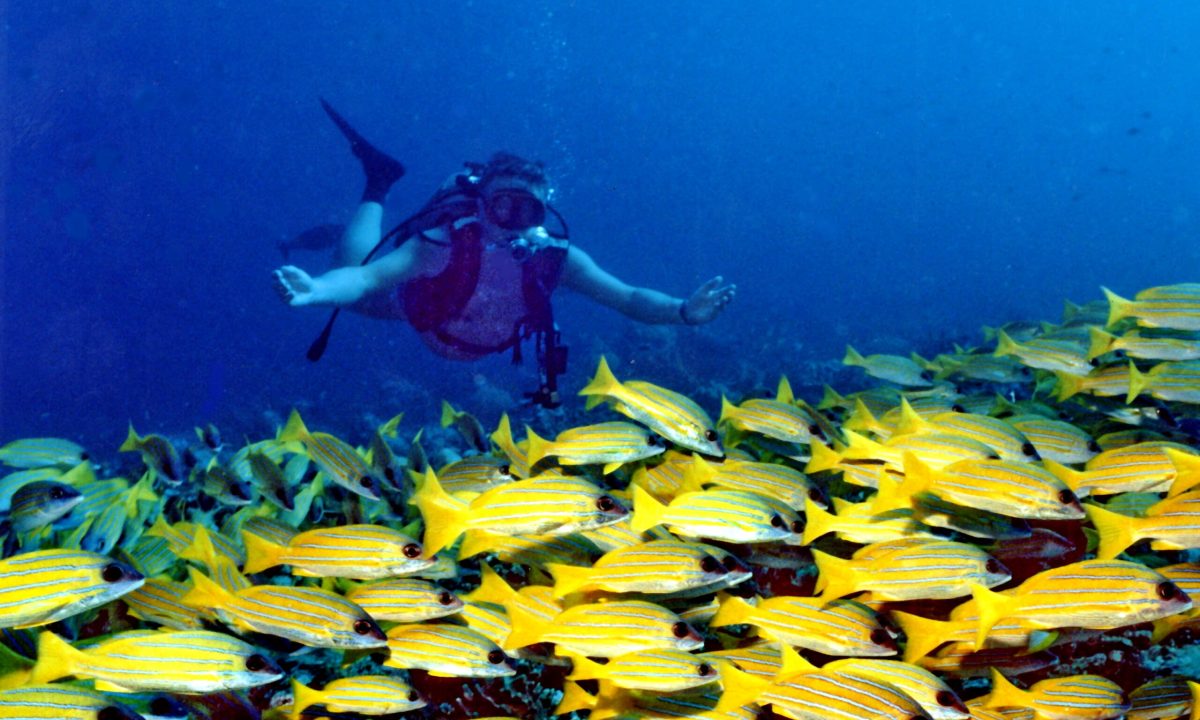
The Maldives is an archipelago in the Indian Ocean known for its crystal-clear waters, vibrant coral reefs, and luxurious resorts. It is one of the best beaches for scuba diving in the world.
- Location: Indian Ocean
- Best Time to Visit: November to April
- Pricing: Dive trips start at around USD 100-150 per person for a single dive. Multi-day liveaboard trips range from USD 1,500-3,000.
- Marine Life: Home to over 2,000 species of fish, 200 types of coral, and numerous marine creatures including manta rays, whale sharks, and dolphins. The region is also known for its vibrant coral gardens and diverse ecosystems.
- Diving Sites: Popular sites include Banana Reef, Maaya Thila, and Fish Head. Each site offers unique underwater landscapes and marine life encounters.
- Visibility: Excellent visibility, often exceeding 30 meters, making it ideal for underwater photography and exploration.
- Advance Booking: Book your dive trips and accommodations in advance, especially during peak season. Popular dive operators include Blue Force Fleet and Emperor Divers Maldives.
- Certification: Ensure you have the necessary scuba diving certification. Many dive operators offer certification courses if you are not already certified.
- Equipment: Most dive operators provide rental equipment, but you can bring your own if you prefer. Ensure your gear is in good condition.
- Weather Check: Check the weather forecast and sea conditions before your trip. The best diving conditions are typically found during the dry season (November to April).
- Reef Conservation: Follow reef conservation guidelines to protect the delicate marine ecosystems. Avoid touching corals and marine life, and use reef-safe sunscreen.
10. Cozumel, Mexico

Cozumel is an island in the Caribbean Sea off the eastern coast of Mexico’s Yucatán Peninsula. It is renowned for its clear waters, vibrant coral reefs, and diverse marine life, making it one of the best scuba diving beaches.
- Location: Caribbean Sea, Mexico
- Best Time to Visit: March to June
- Pricing: Dive trips start at around USD 50-100 per person for a single dive. Multi-dive packages range from USD 200-500.
- Marine Life: Home to over 500 species of fish and 65 species of coral. The island is also known for its sea turtles, eagle rays, and nurse sharks.
- Diving Sites: Popular sites include Palancar Reef, Santa Rosa Wall, and Punta Sur. Each site offers unique underwater landscapes and marine life encounters.
- Visibility: Excellent visibility, often exceeding 30 meters, making it ideal for underwater photography and exploration.
- Advance Booking: Book your dive trips and accommodations in advance, especially during peak season. Popular dive operators include ScubaTony Cozumel and Blue Angel Dive Shop.
- Certification: Ensure you have the necessary scuba diving certification. Many dive operators offer certification courses if you are not already certified.
- Equipment: Most dive operators provide rental equipment, but you can bring your own if you prefer. Ensure your gear is in good condition.
- Weather Check: Check the weather forecast and sea conditions before your trip. The best diving conditions are typically found during the spring months (March to June).
- Reef Conservation: Follow reef conservation guidelines to protect the delicate marine ecosystems. Avoid touching corals and marine life, and use reef-safe sunscreen.
Conclusion
These Best Beaches for Scuba Diving in the World offer unparalleled underwater experiences, from vibrant coral reefs to diverse marine life. Whether you’re an experienced diver or a beginner, these destinations promise unforgettable adventures. Plan your trip wisely, keep an eye on your budget, and get ready to explore the stunning underwater worlds of these top scuba diving beaches.

